When I first saw the new brand Nodus and their initial release, the Trieste, on the Microbrand Facebook group, I knew immediately I had to get a glimpse at it. A couple of emails later with Wes and I was on the schedule for the press samples doing the rounds.
Firstly, well done to Nodus for doing this on their own back and not going through Kickstarter. I’m getting a bit fed up of the watches on KS so it’s great to see someone making the effort and figuring out their own funding.
They’ve also done well with a wide range of variants. 2 case styles (steel or black PVD coated), 3 bezels (black, burgundy, navy blue), 2 movements (STP or Seiko), and date or no-date means there’s a wide range of options to choose from (24 in total).
They also complete final assembly and QC in Los Angeles, which consists of a complete strip down of the constructed watch (from Asia) and reassembly. On top of this, each movement is regulated to get the best accuracy it can produce.
Not bad for a fresh startup costing $500 / £404 (Swiss STP 1-11 movement) or $350 / £282 (Seiko NH35A movement). Let’s take a closer look to see how it stacks up in reality.
The specs
- Dimensions: 41mm diameter x 13mm height x 50mm lug to lug
- Weight: 165g
- Water resistance rating: 200m
- Movement: Swiss STP 1-11 or Seiko NH35A
- Lug width: 20mm
- Accuracy: +1.2 s/d
- Warranty: 2 years
- Price: $500 / £404 (Swiss STP 1-11 movement) or $350 / £282 (Seiko NH35A movement)
The dial
As mentioned previously, the dial is available as date or no date format, this one being latter. Personally, I prefer the no date format. Not only does it remove extra clutter but I find I never bother setting the dates on my mechanicals as I’m always in a grab-and-go situation.
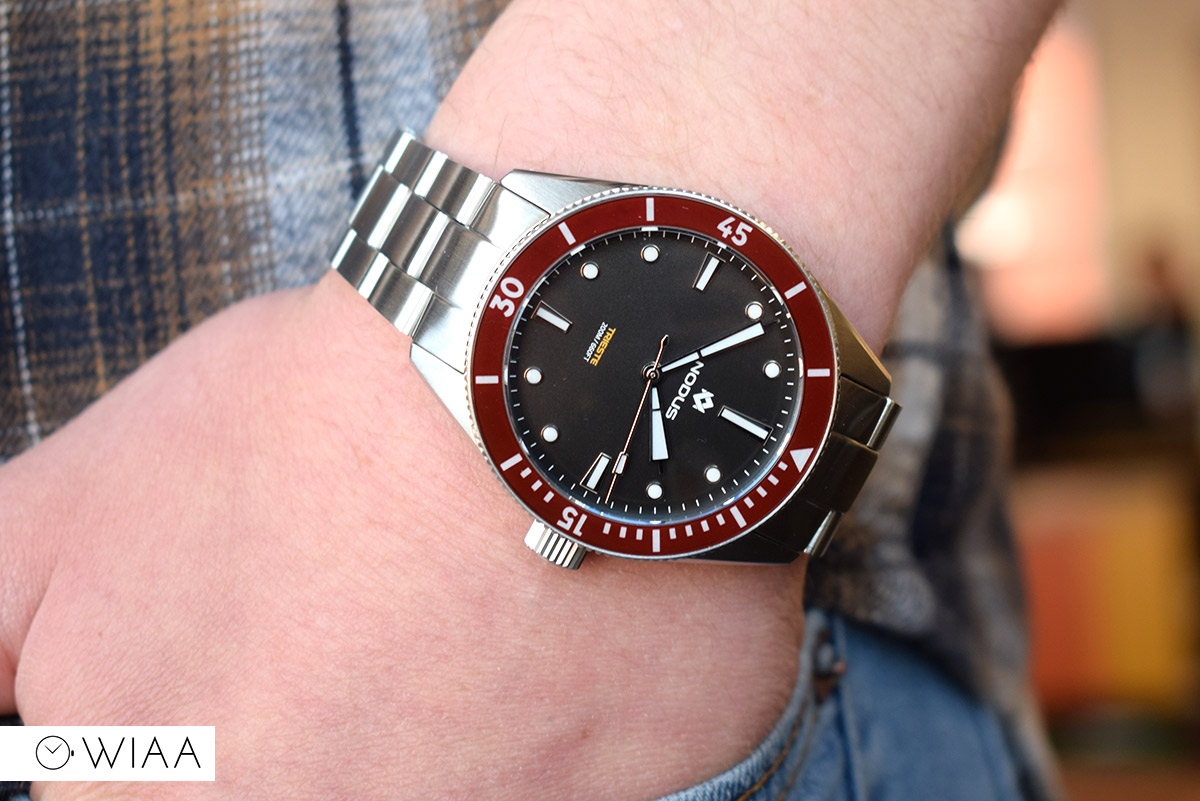
The dial is a deep matte black, which utilises SuperLuminova BGW-9 lume. The lume is good and above average, and it also features on the markings in the bezel insert which is cool in the dark.
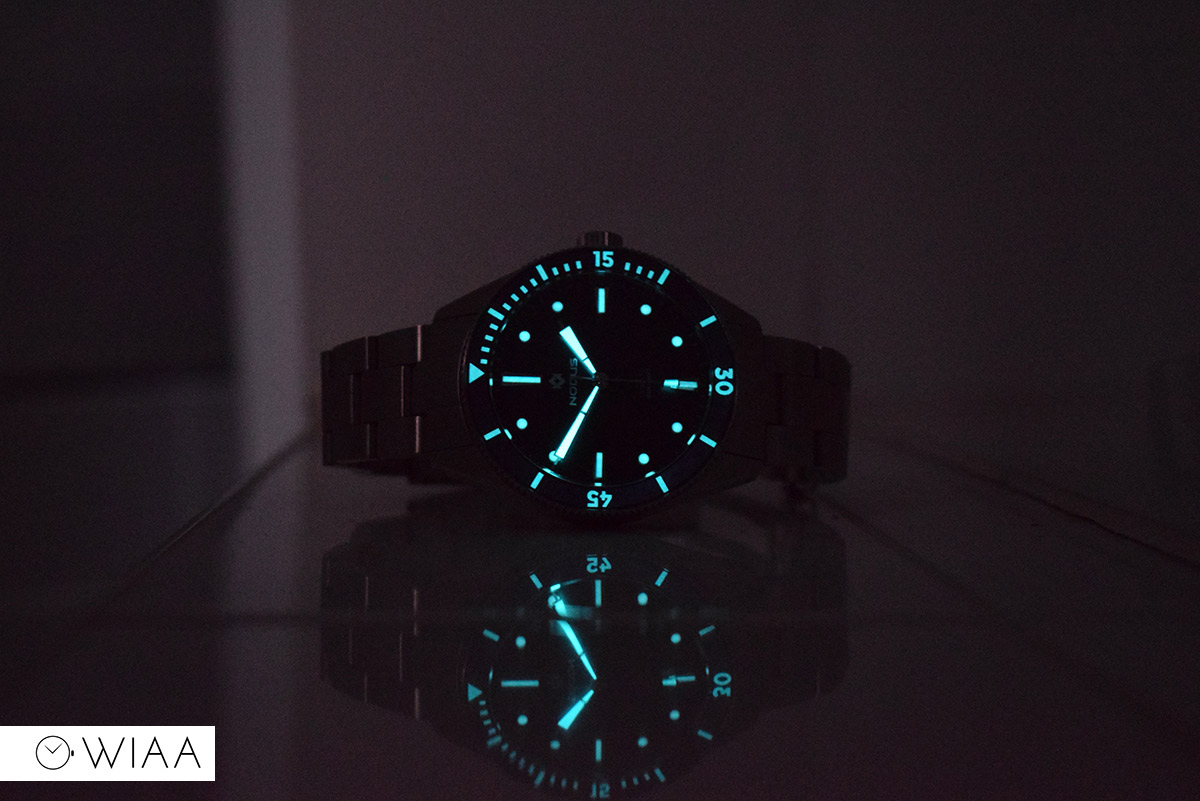
The Nodus Trieste uses applied hour markers aplomb. Attractive and shapely trapezoids are located at 12, 3, 6 and 9, with the remaining as discs. They are all lume filled with a polished border to them, to match the hands.
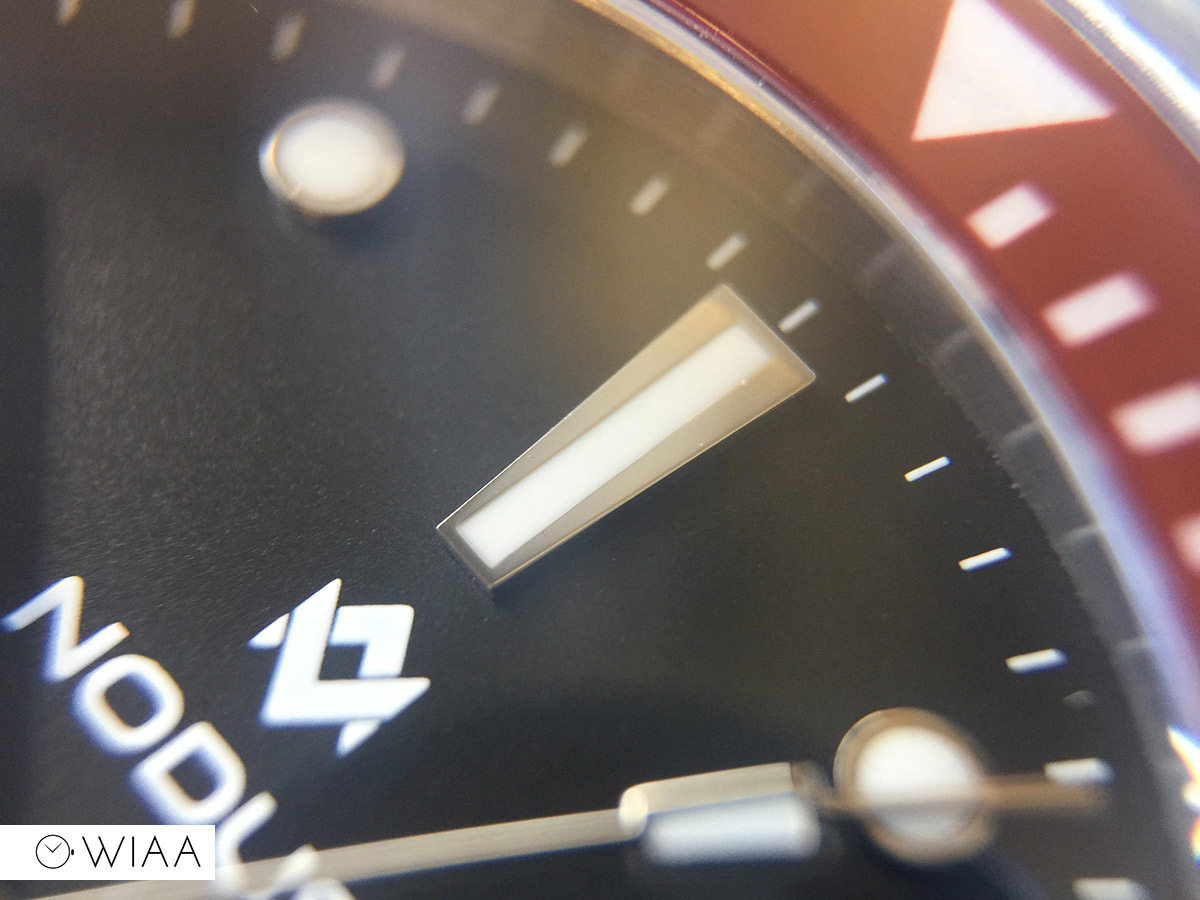
The hands are a nice alternative to the usual: they fan out with a flat top and a little squared point on the tip. The seconds hand is a straight point with a slight trapezoid near the end filled with lume.
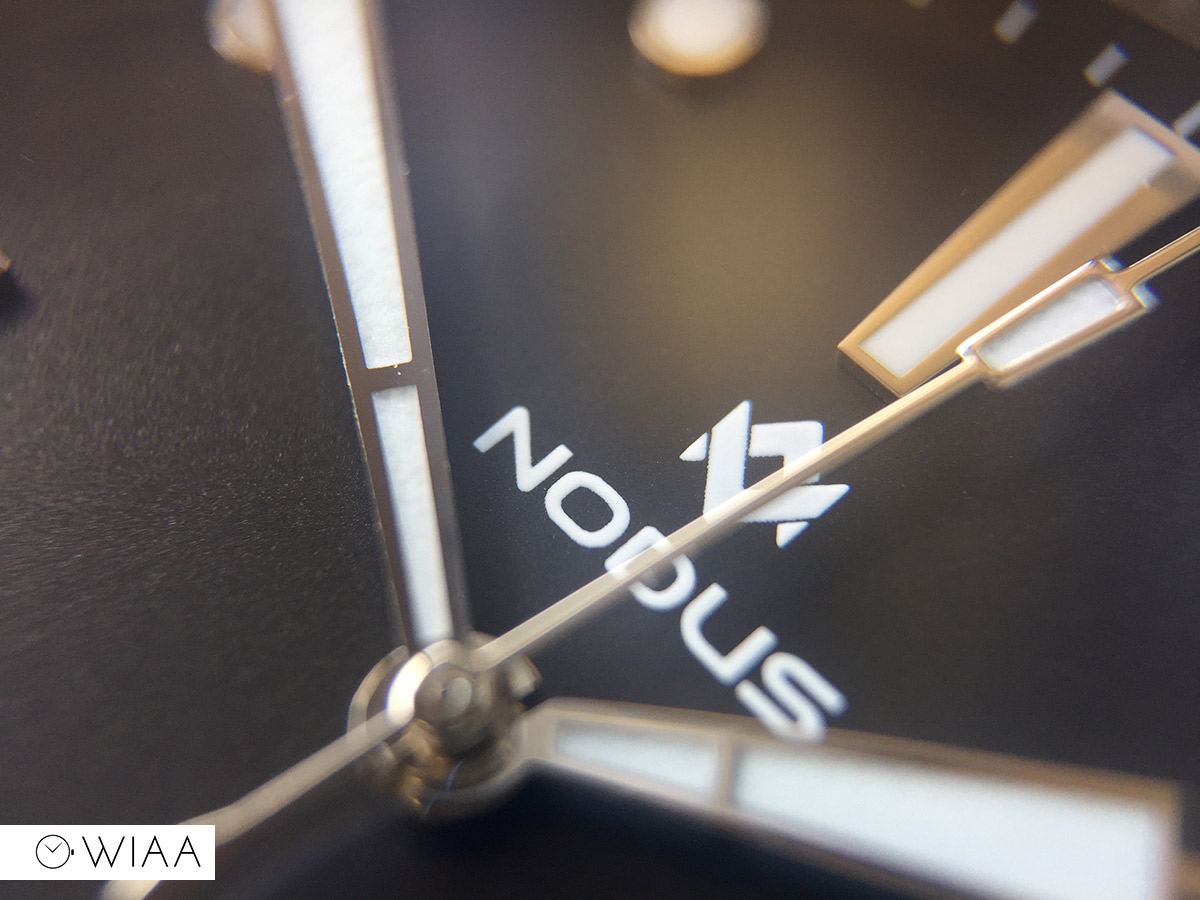
There is minimal print work which is welcome, I prefer it to be like this rather than too much. The logo is printed centrally in the top half, with the model name and water resistance within the bottom half. The only other thing is a subtle minute track printed around the outer edge.
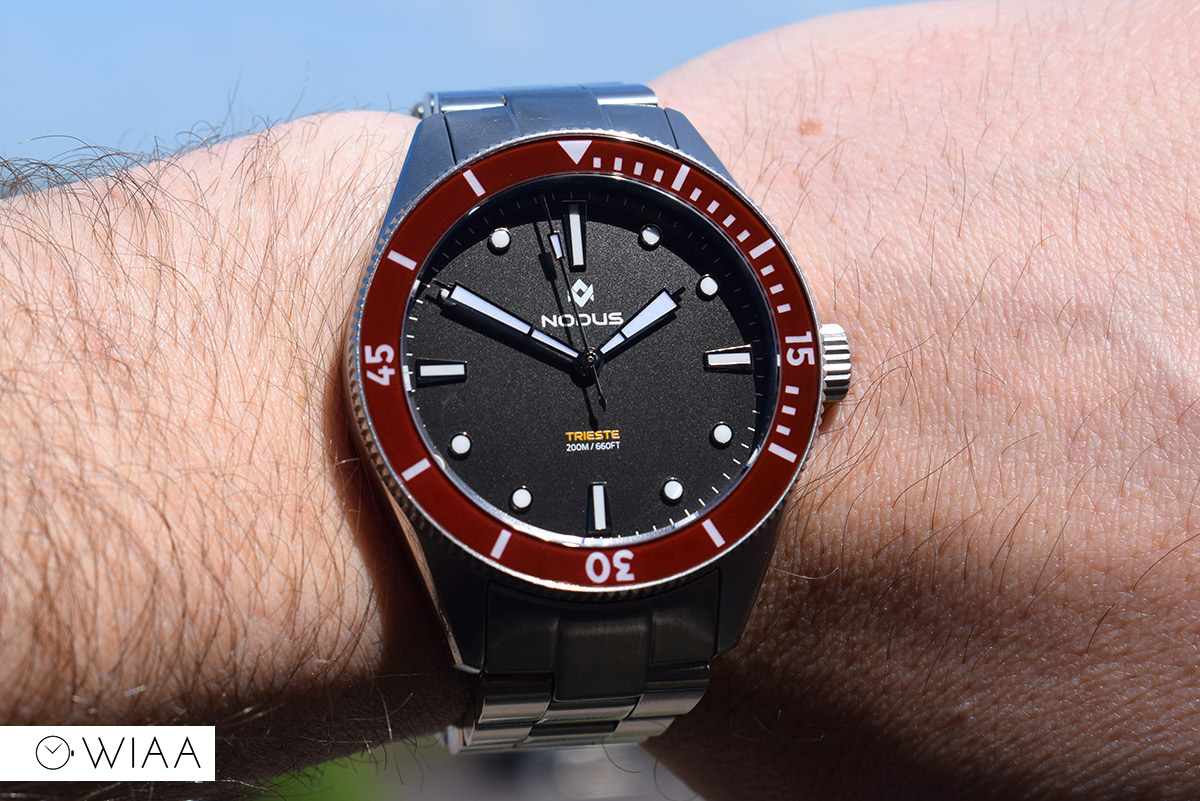
The case
The case comes in two colour options, straight up steel or PVD black coated. In addition to this, you also have 3 bezel colours to choose from: black, burgundy (this one) or navy blue.
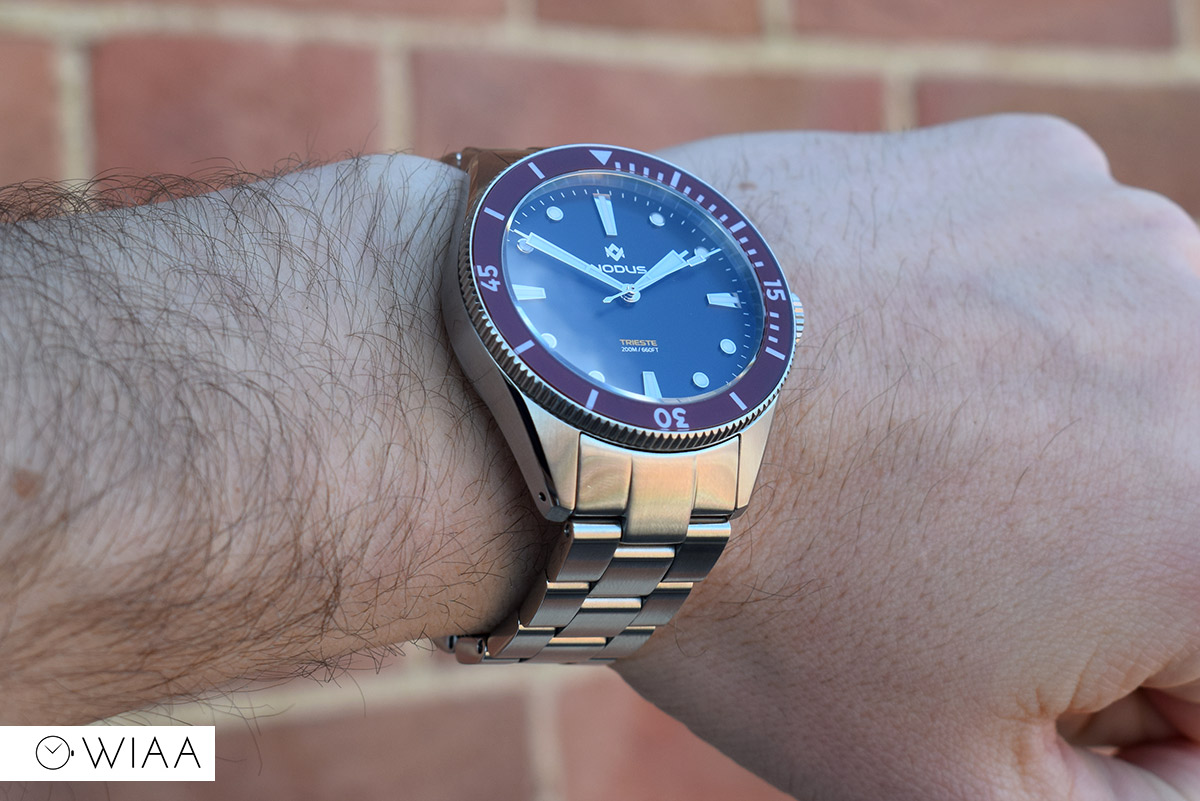
It’s a lovely size at 41mm – just shy of the slightly larger more popular size of 42mm, which actually makes a difference to the wearability of the watch – just that small difference plus the exclusion of crown guards makes it easier on the wrist and eye.
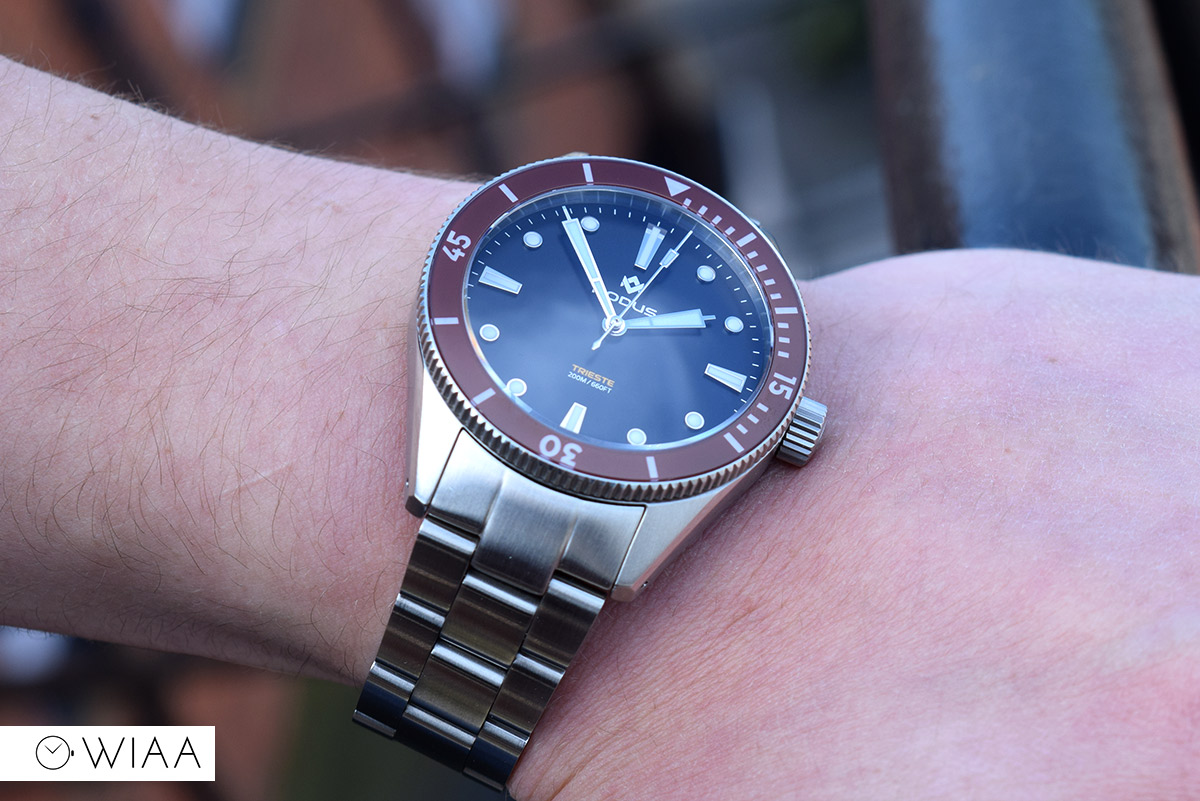
The finishing is all brushed, bar polished shoulders on the lugs which breaks up the standard barrel shape.
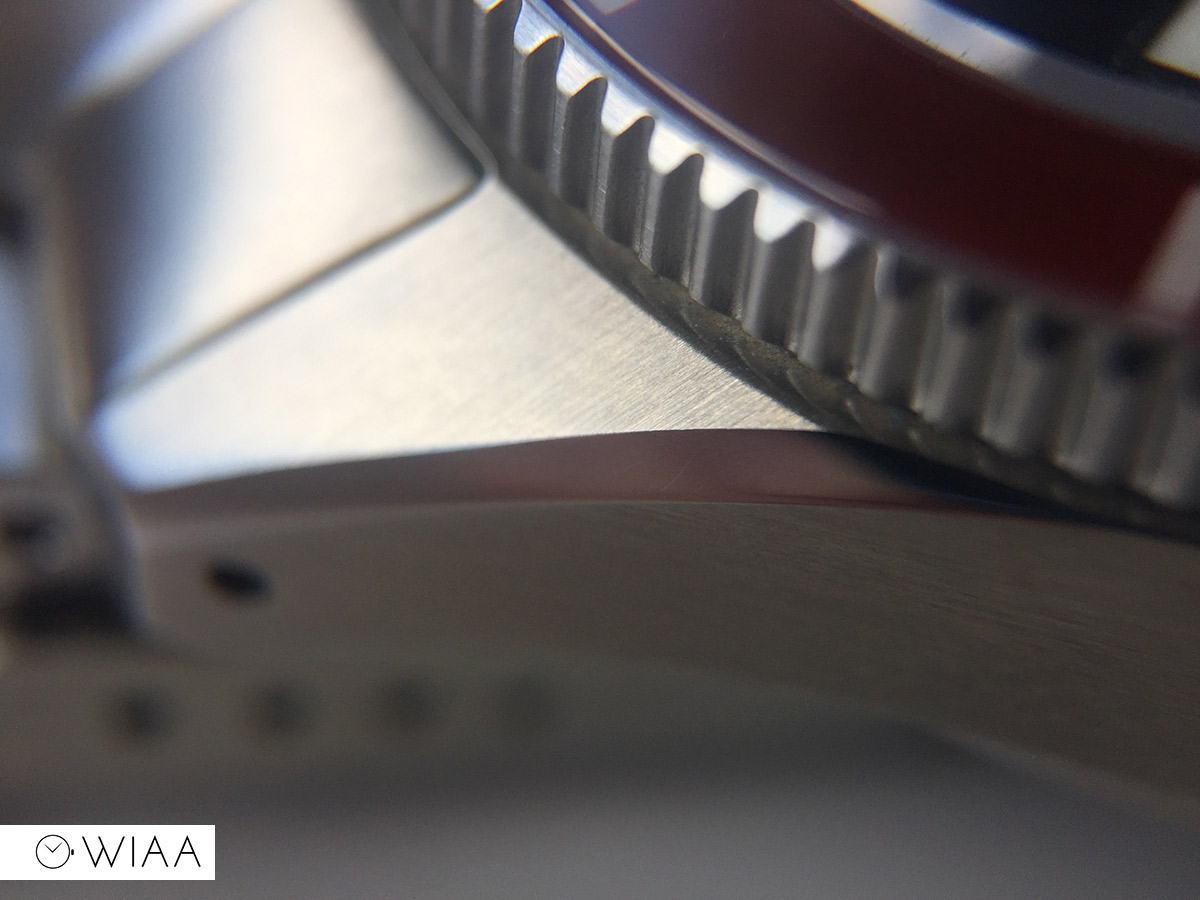

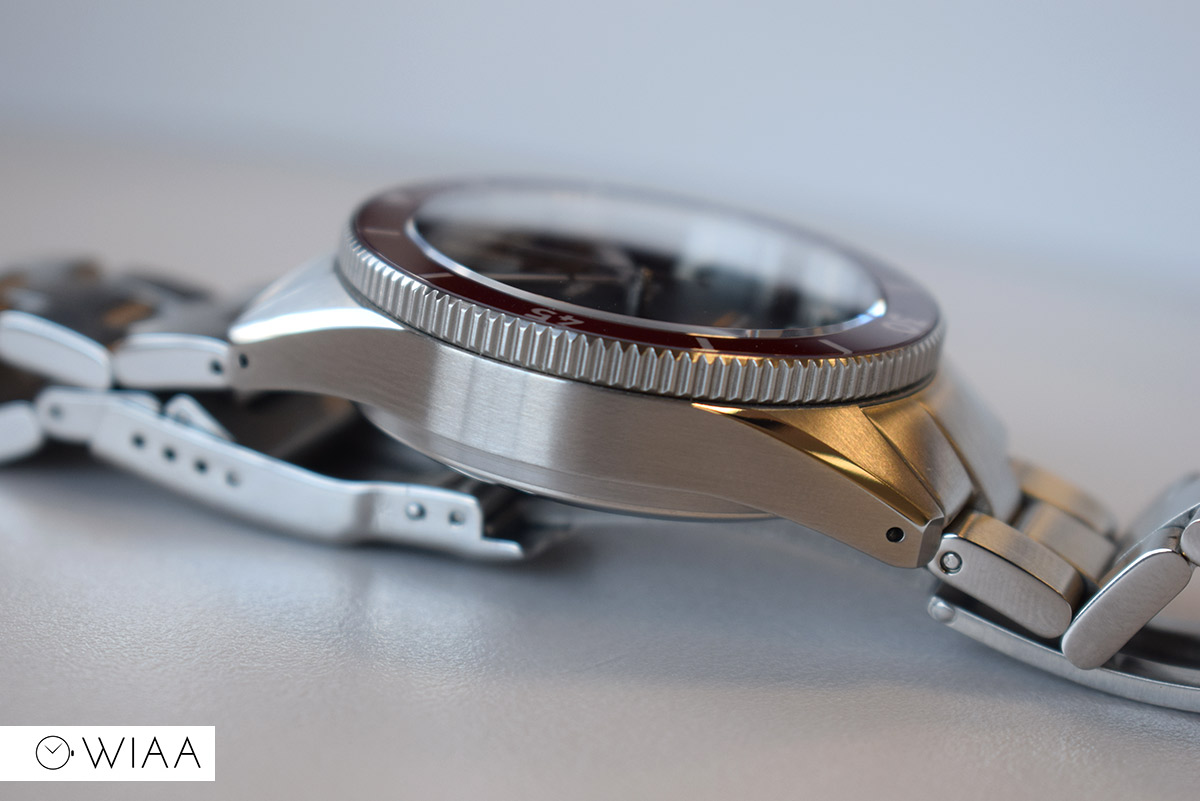
With a weight of 165g, the Trieste is on the heavier side of things, so it feels like a decent quality watch on the wrist.
Sitting atop the case is a double domed sapphire crystal, which allows for good visibility at the tightest of angles. It has a blue anti-reflective coating on the underside, that I’ve not found to be too effective at reducing reflections unfortunately.
The bezel insert is made of sapphire, which is a pleasant surprise. Because of this, it has a glossy finish to it which reflects the light well and catches the eye. The printing on the insert is all lumed as mentioned previously.
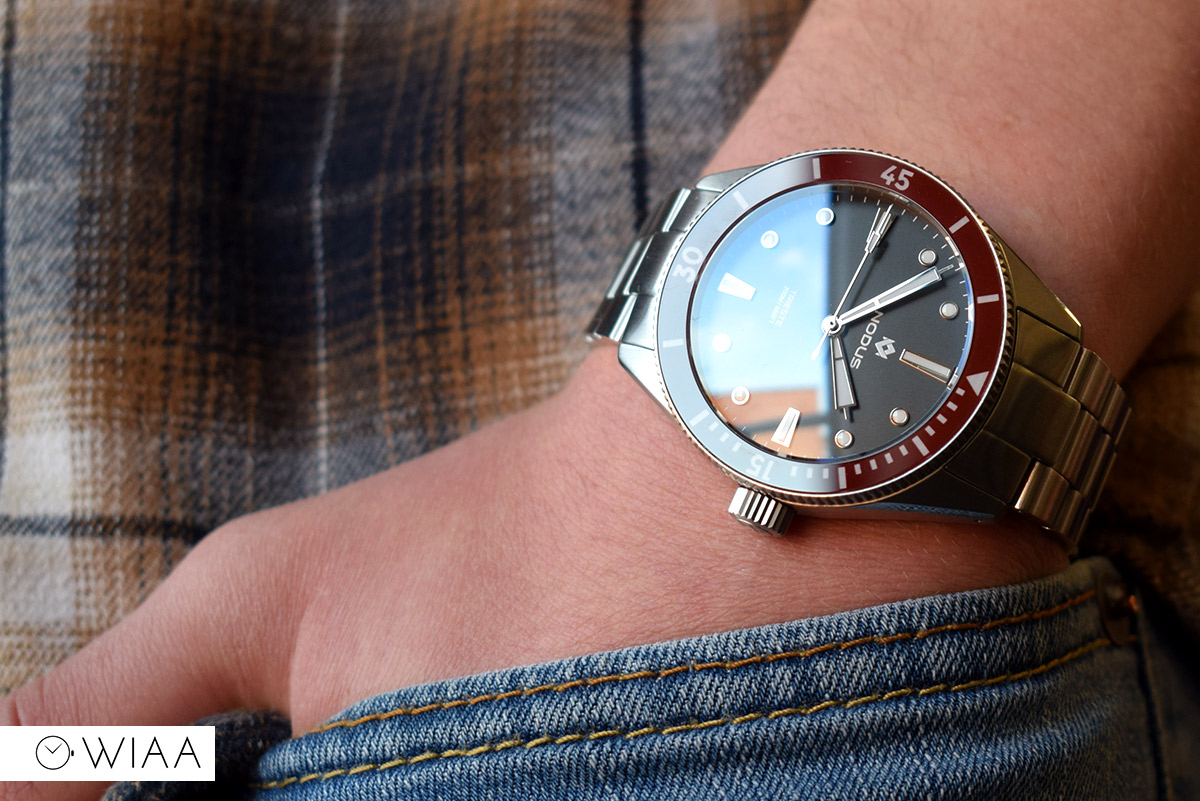
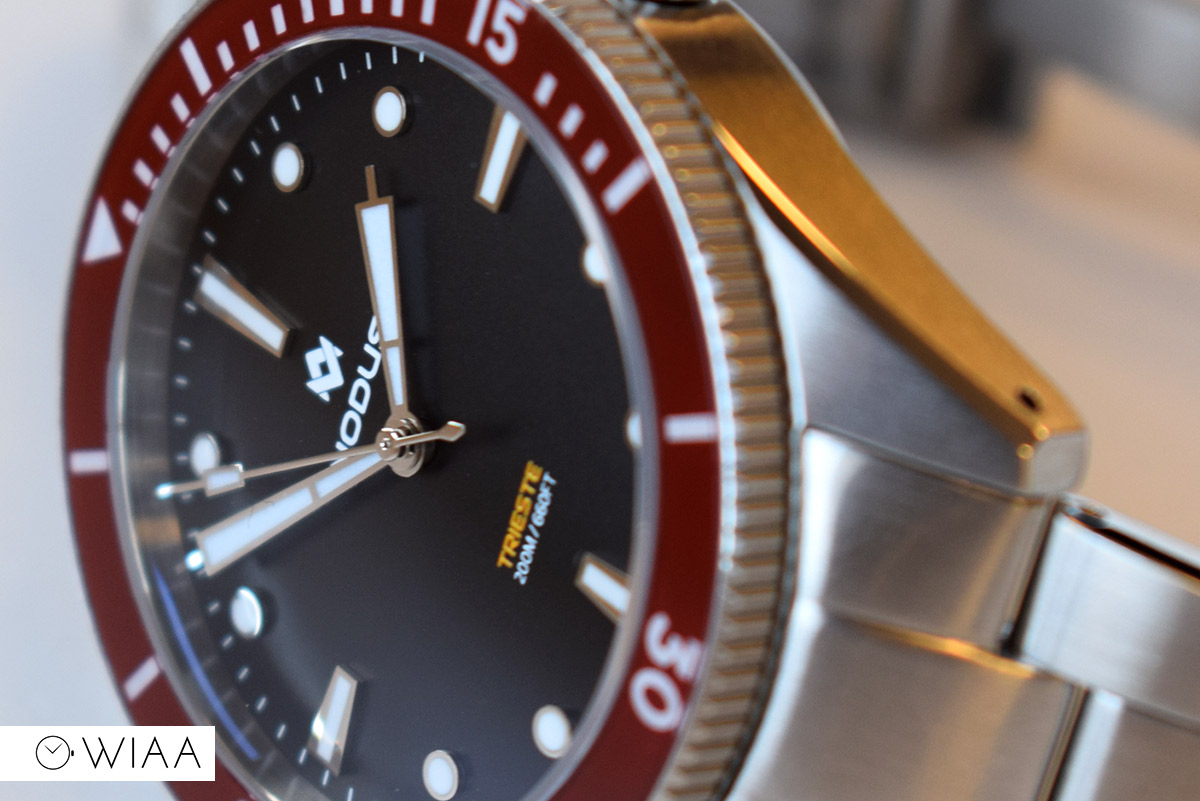
The crown has excellent grip and the logo deeply and accurately engraved on the end. It’s easy to use with a good thread.
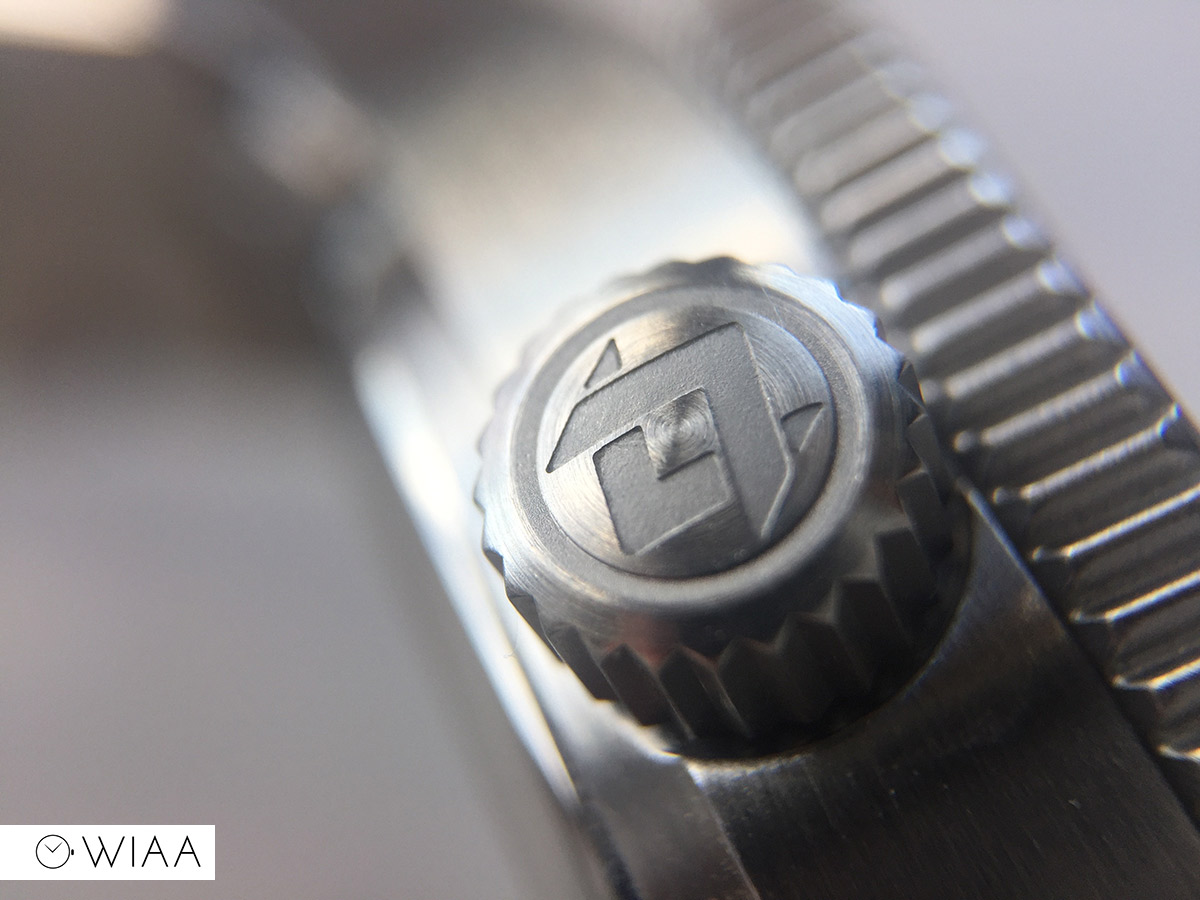
The caseback has an interesting motif in the centre, with various watch specifics engraved surrounding it.
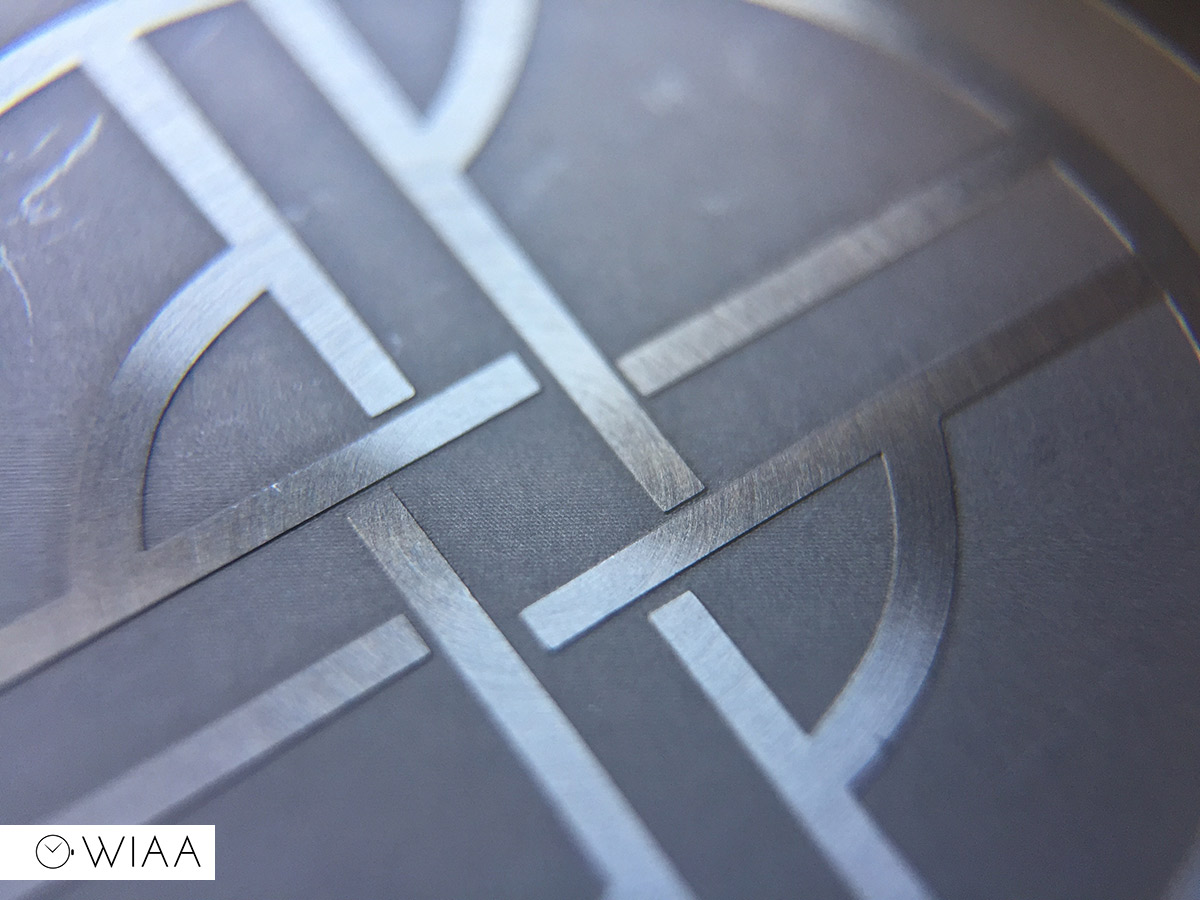
The strap
The Nodus Trieste rocks a steel bracelet finished to match the case. The links are brushed on the top, with polished sides. They utilise screw-in pins, which is a welcome addition rather than traditional pins; thus the bracelet is easy to resize.
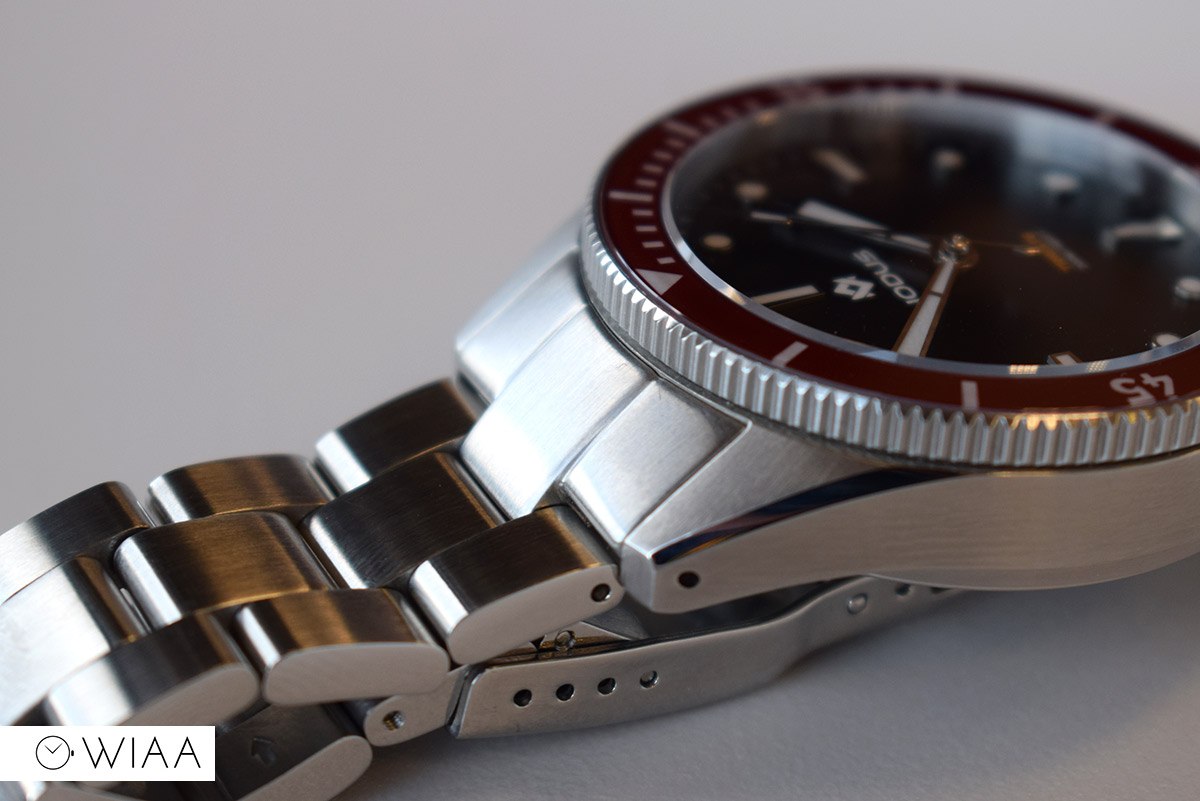
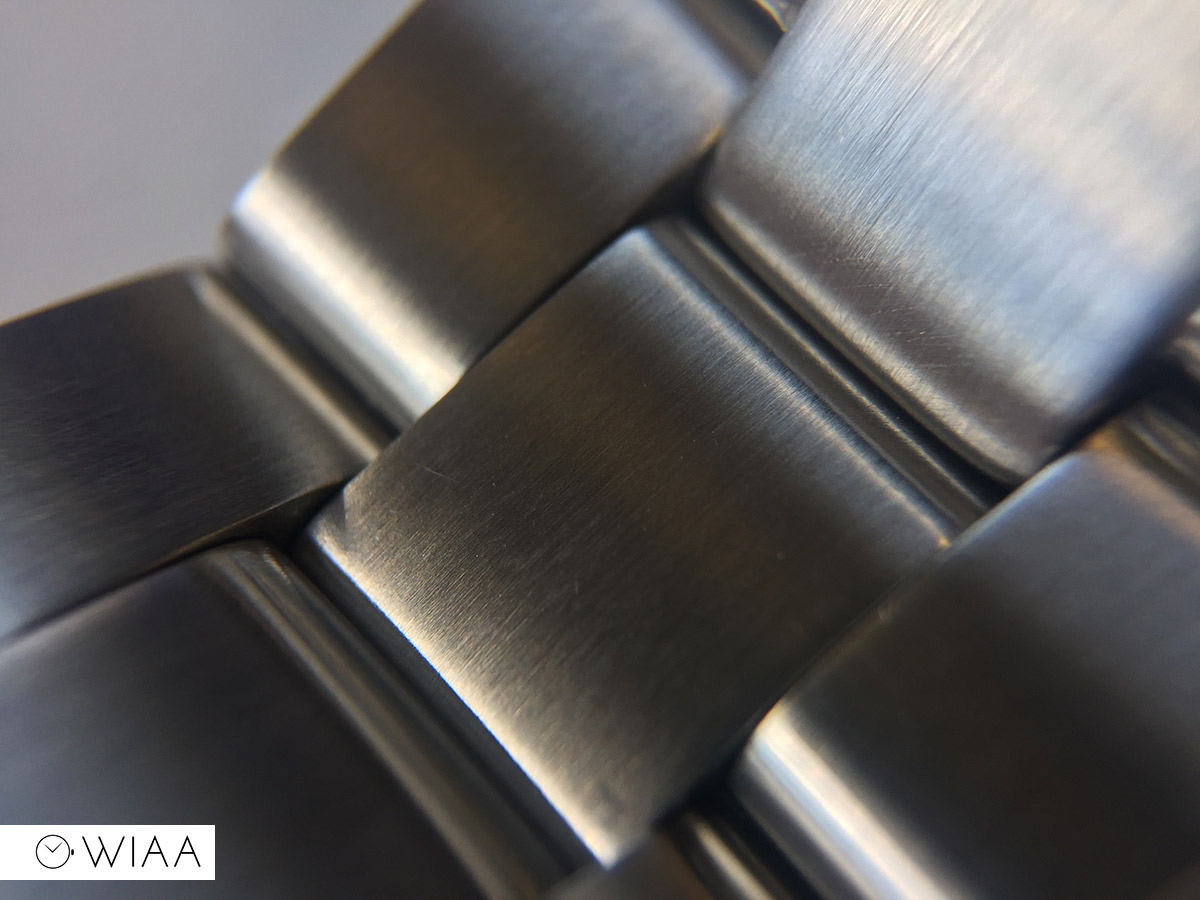
The end lugs fit neatly to the case, displaying precise machining.
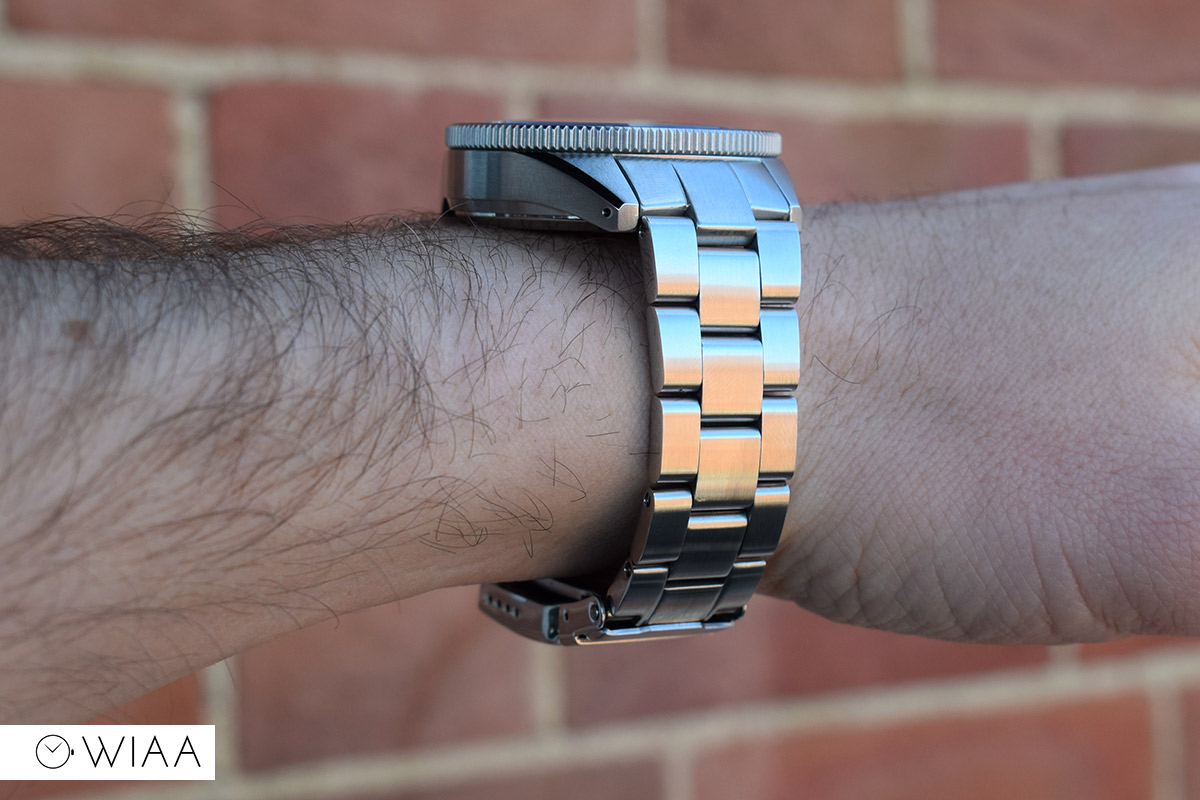
The flip-lock clasp is the one thing I’d like to see improved. It would be good to have double locking (with the buttons on the side to open the buckle), but also I find the top flap is a little easy to lift up; it’s not as secure as I’d hoped. However, this could just be the wear and tear of a press sample. The Nodus logo is engraved on top of the buckle body.
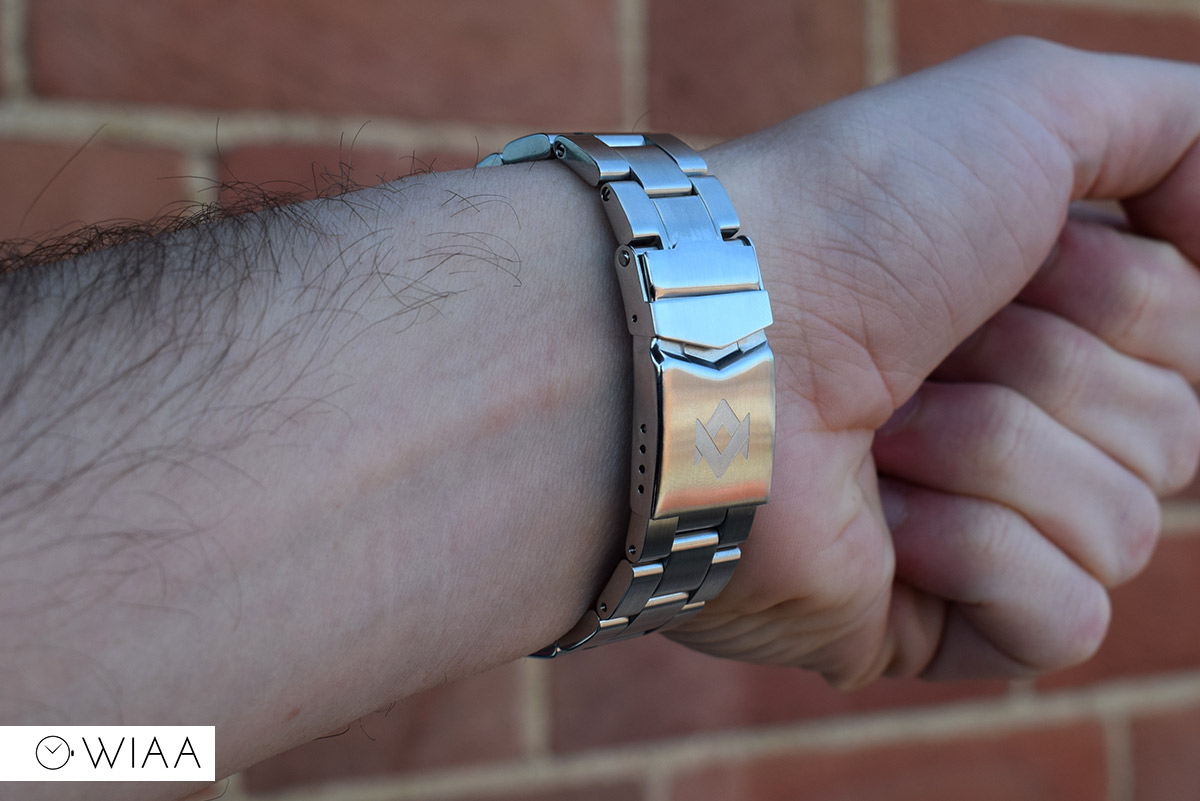
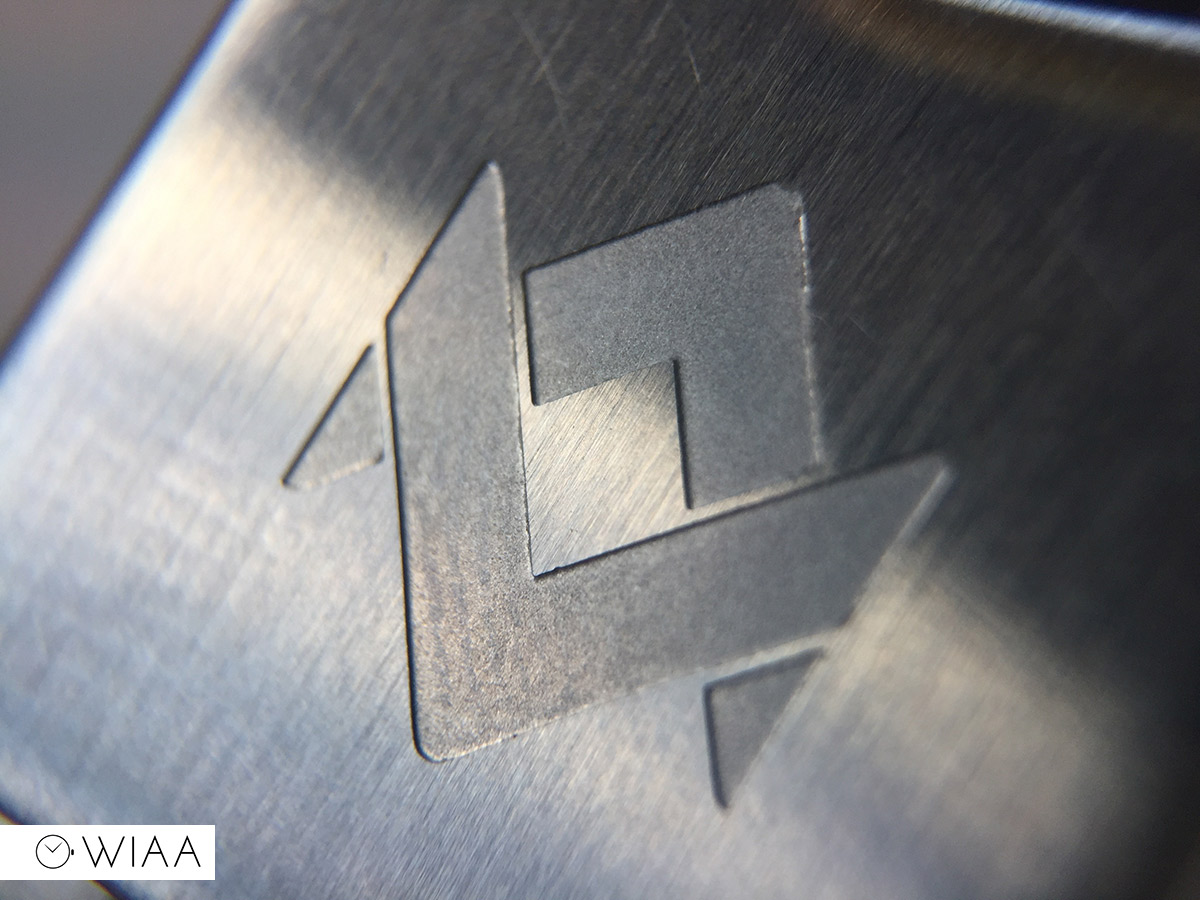
The movement
I’ve not actually heard of the STP 1-11 before, but I’m happy to be acquainted with new movements. After some searching, it turns out it is the Fossil Group’s answer and direct replica of the ETA 2824-2, very much like the Sellita SW200. ETA’s design is not copyrighted anymore hence why this is allowed.
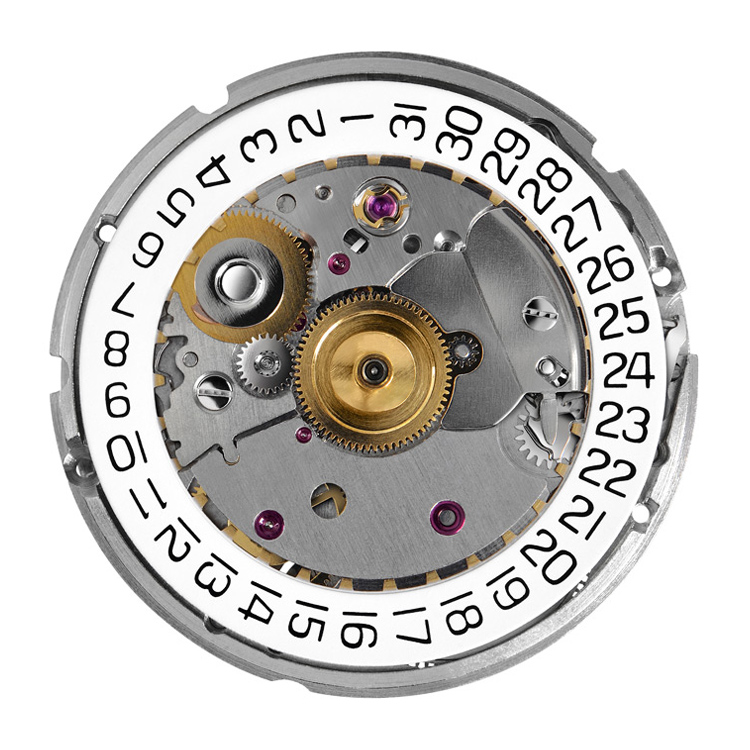
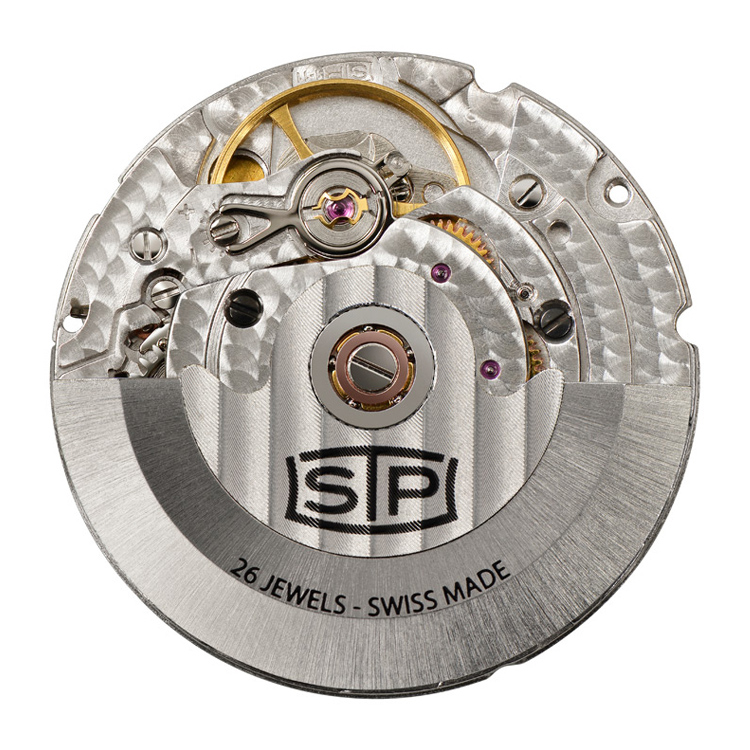
There’s a wonderful breakdown here http://watchguy.co.uk/review-stp-1-11/, in which Christian states he actually prefers the STP 1-11 to the ETA due to some improvements that have been made. It’s sort of a shame you can’t see it though.
The specs include a high beat of 28.8k bph, 26 jewels, and 44 hours power reserve.
The back of the warranty card shows the regulation per position – and in all honesty it’s mightily impressive that they go to this effort. I’ve tested the watch on my Lepsi Watch Scope, and it’s even better than they state; its testing well within COSC specs at a crazy +1.2 sec/day. Now that’s real dedication.
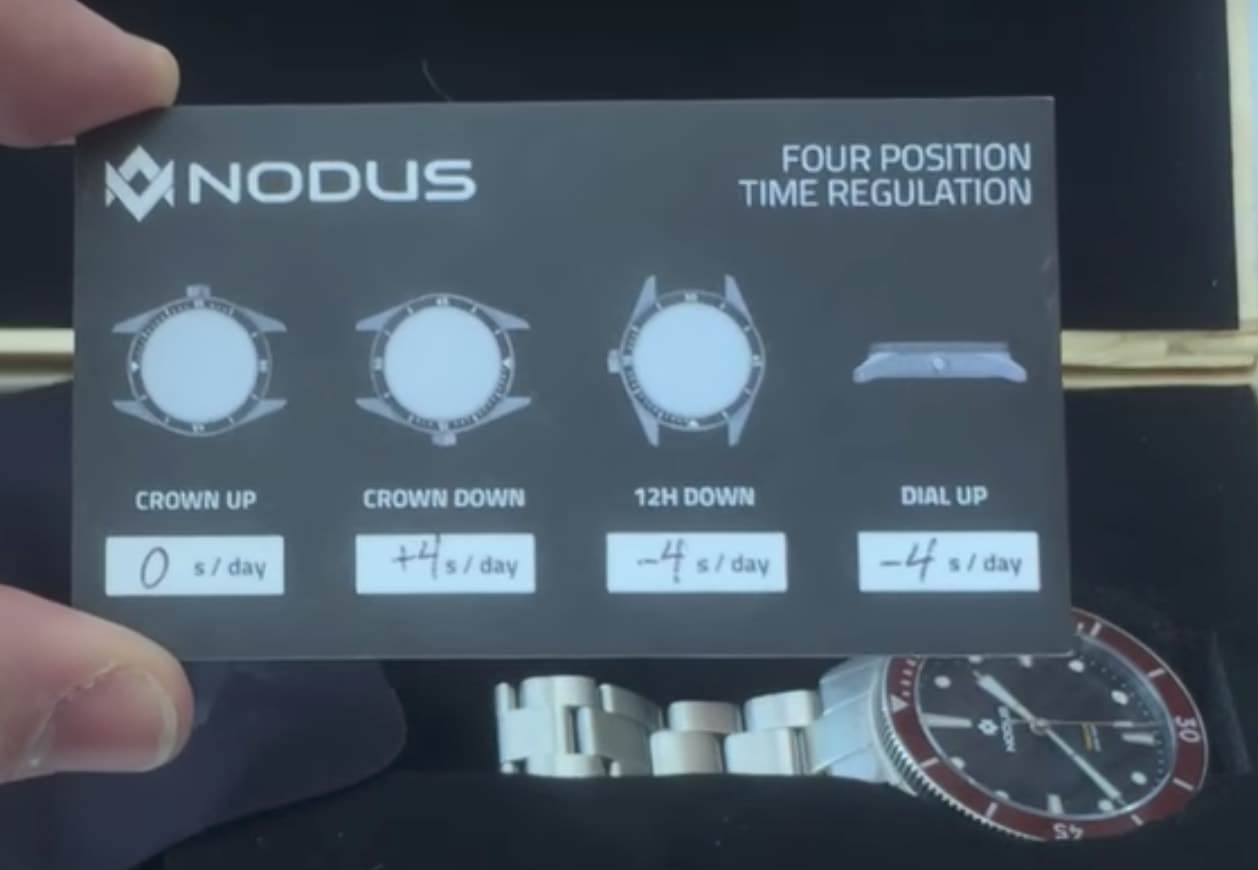
Final comments
As I mentioned before, Wesley and Cullen completely deserve respect and support for creating something unique, awesome, and completely on their own. Recently it’s been difficult to get excited about new brands but I’m really impressed with what Nodus are doing.
I admire the amount of options they’ve set out to provide right from the start; and still have managed to keep the prices competitive. The quality is apparent from the moment you open the package and the quality control and regulation of the movement is to a very impressive level (exceed expectations without a doubt).
For me, both price strategies of the Nodus Trieste offer excellent value for money and are the perfect option for those looking for a diver that’s from an independent brand, offering something a little bit different.
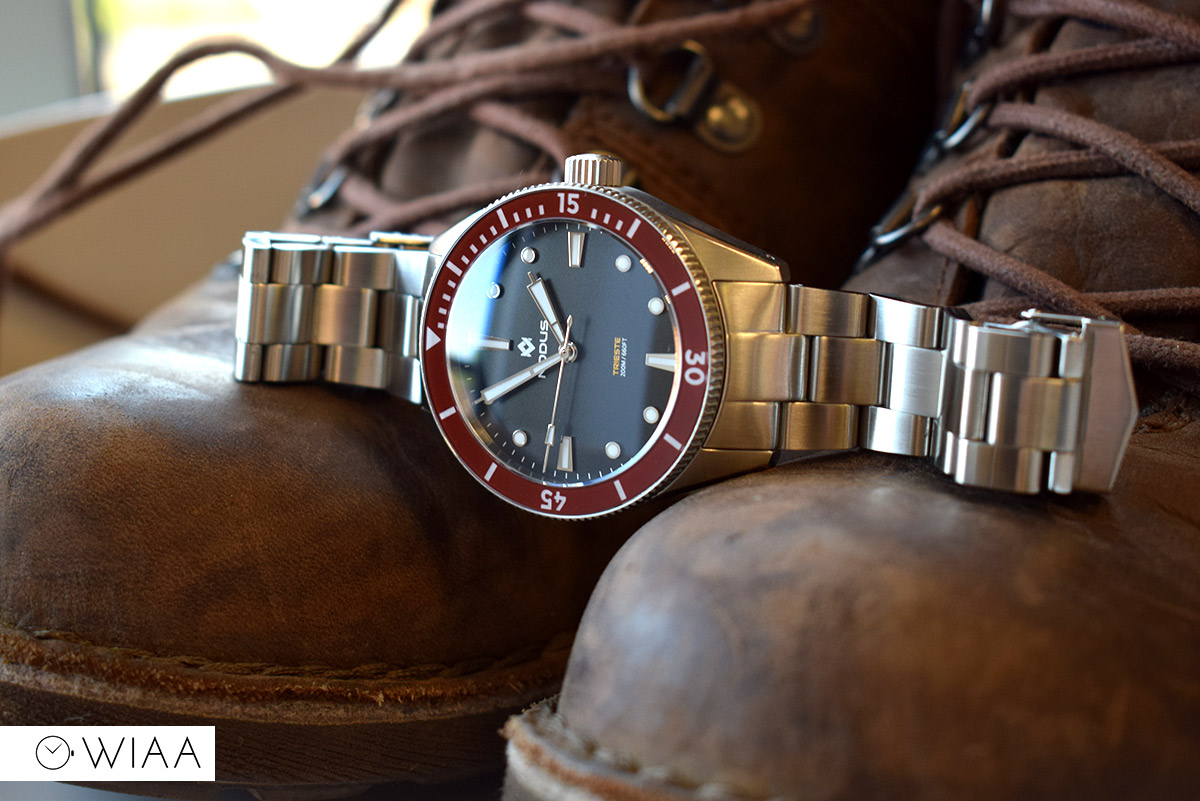

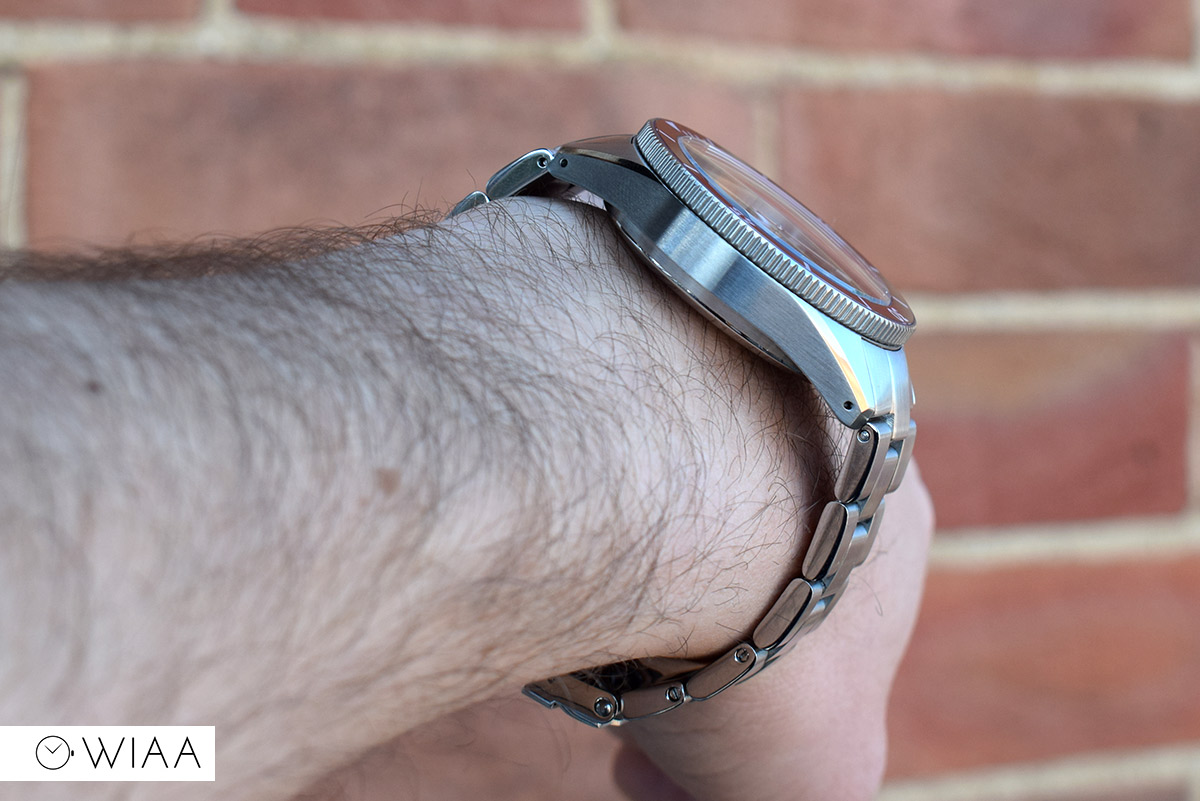
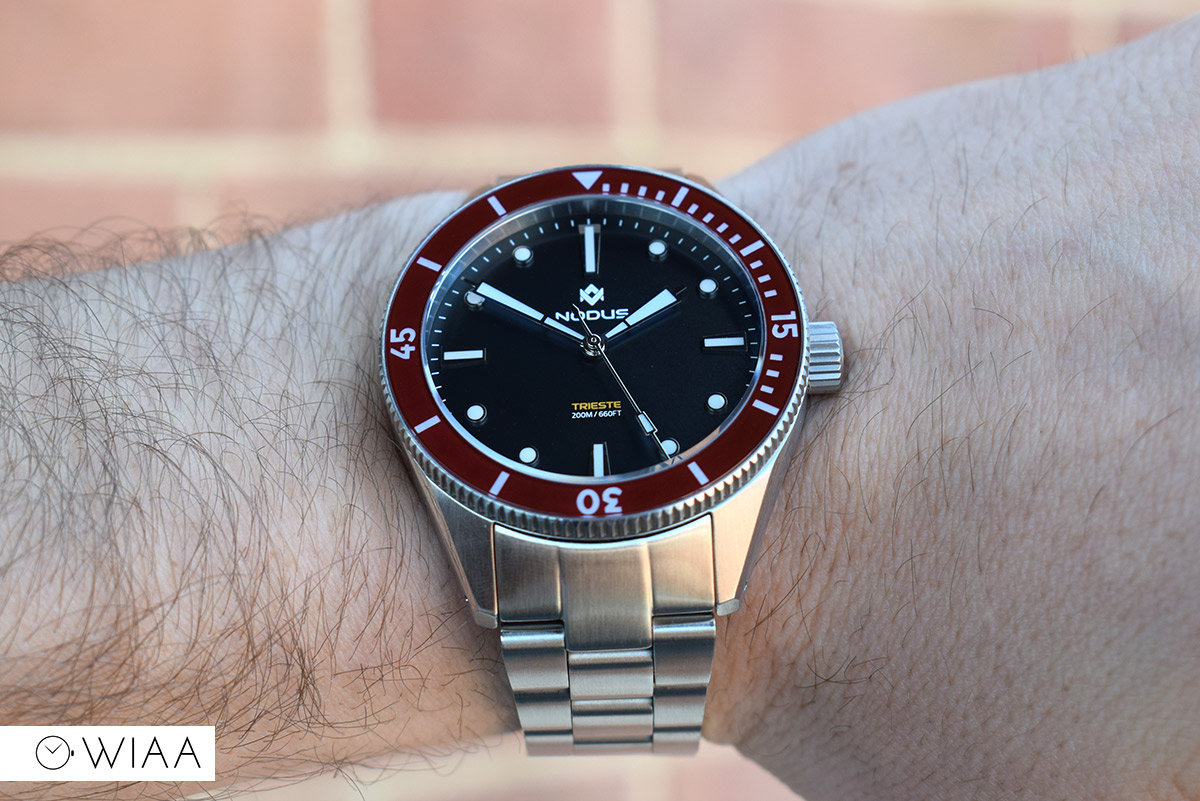
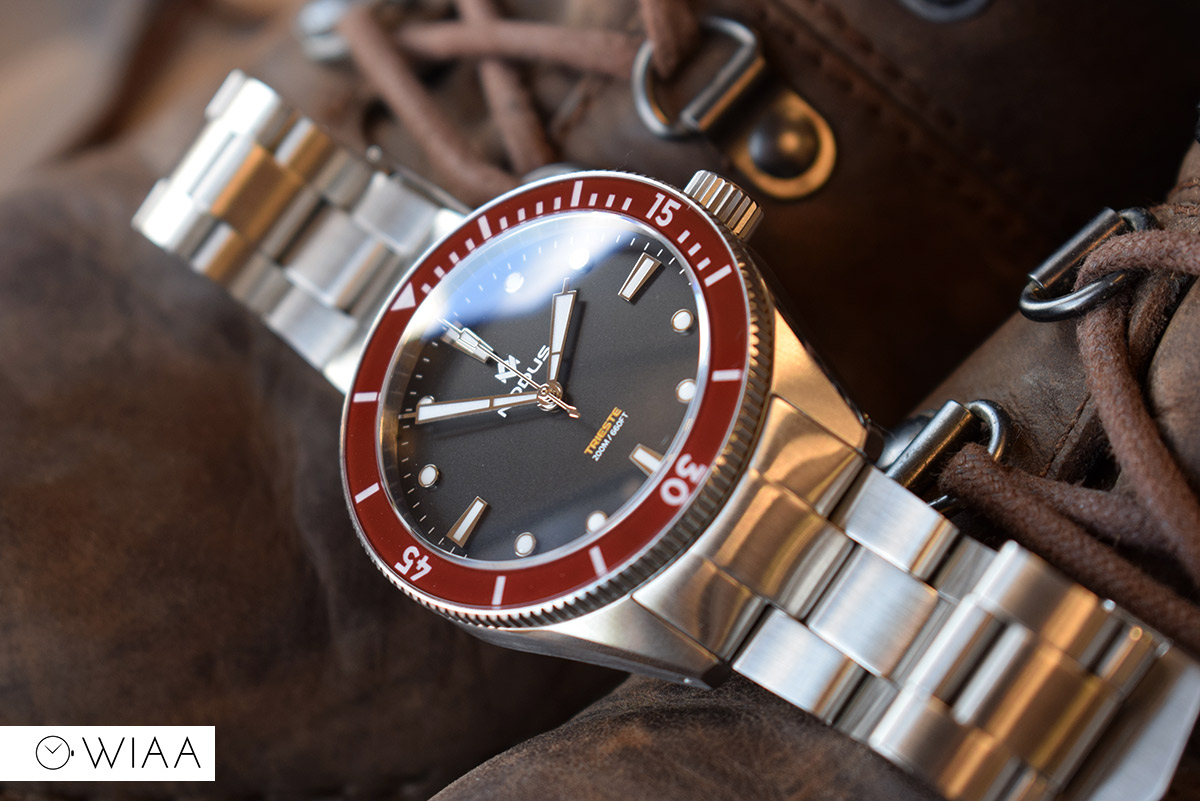

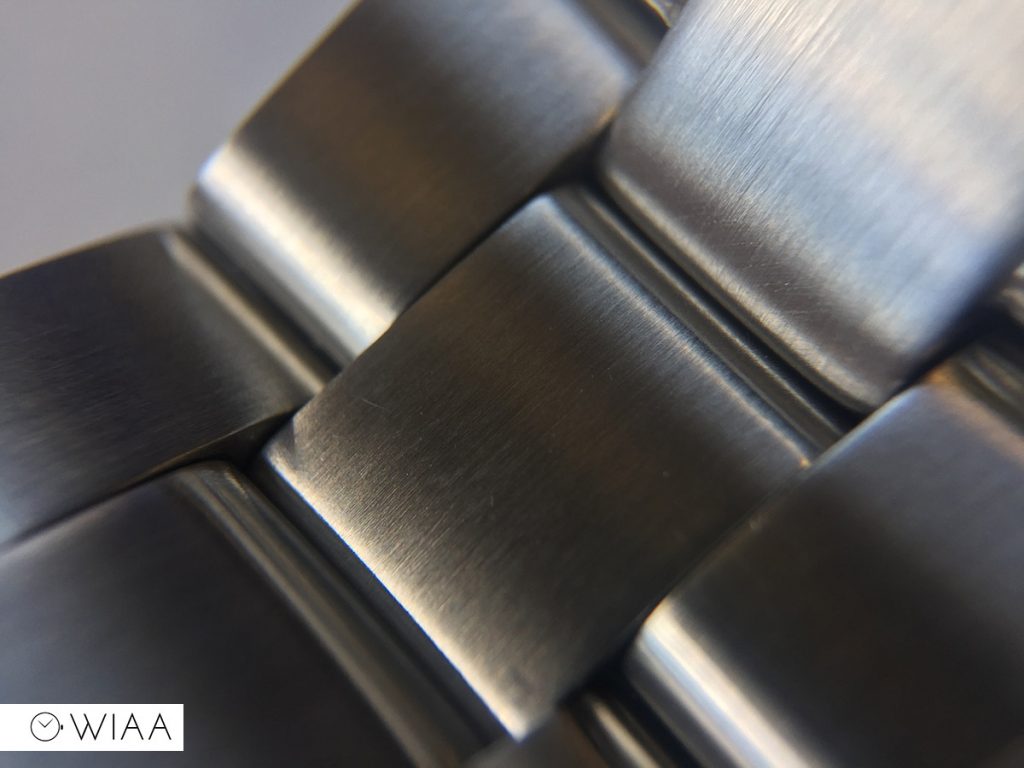
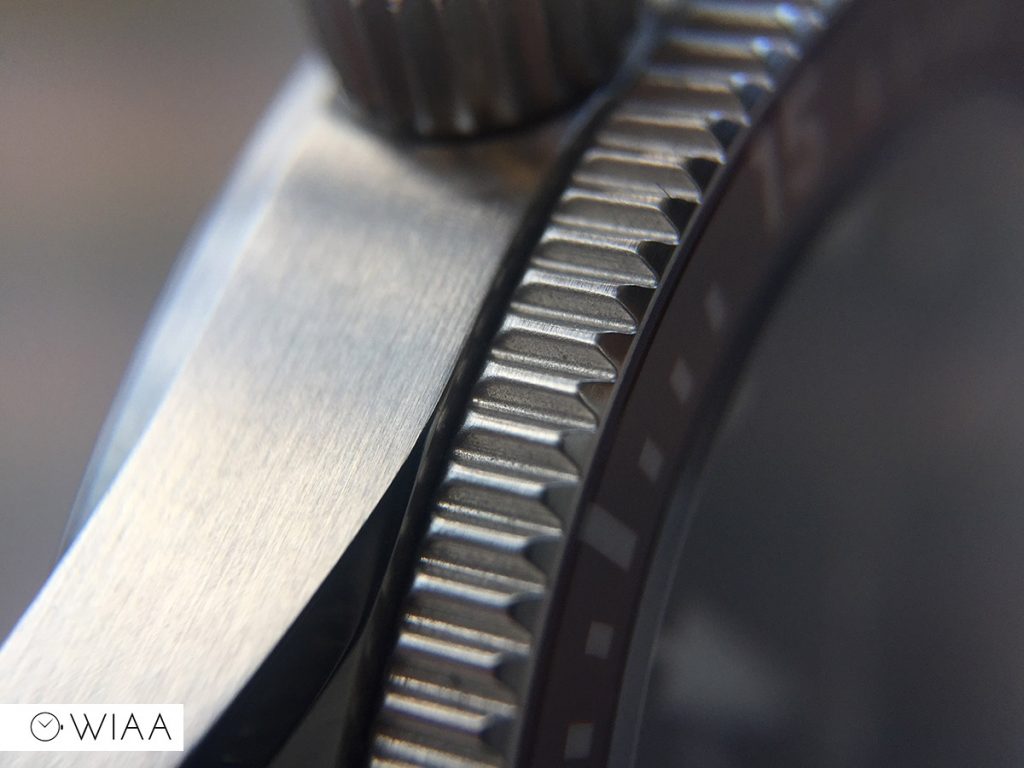
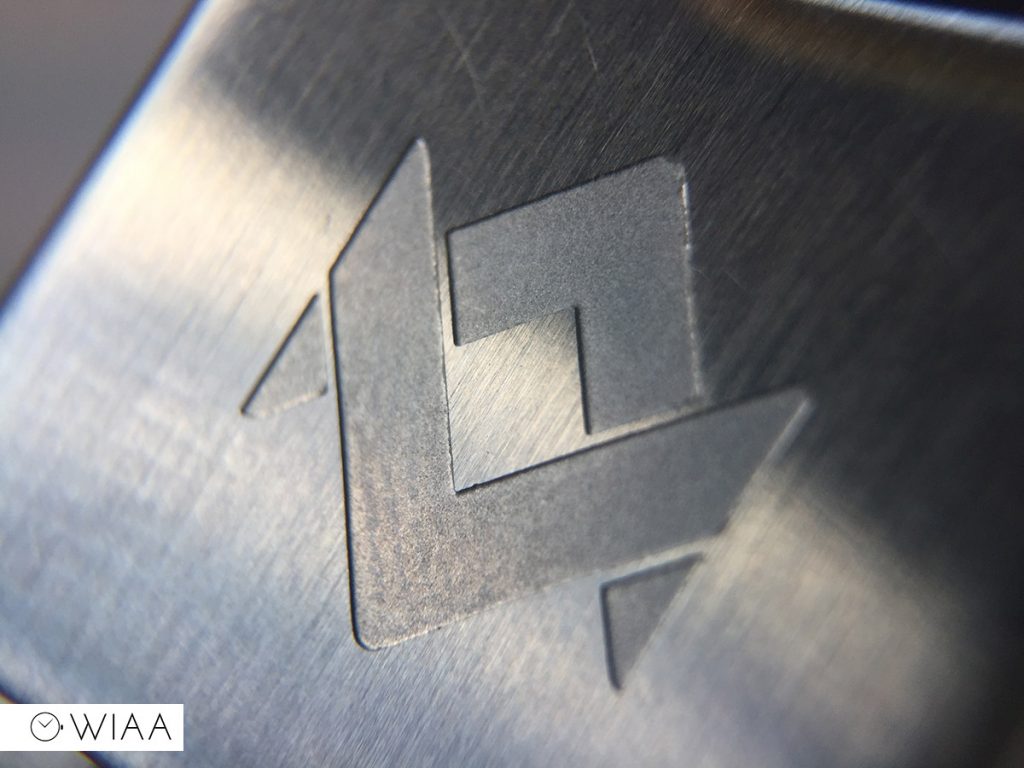
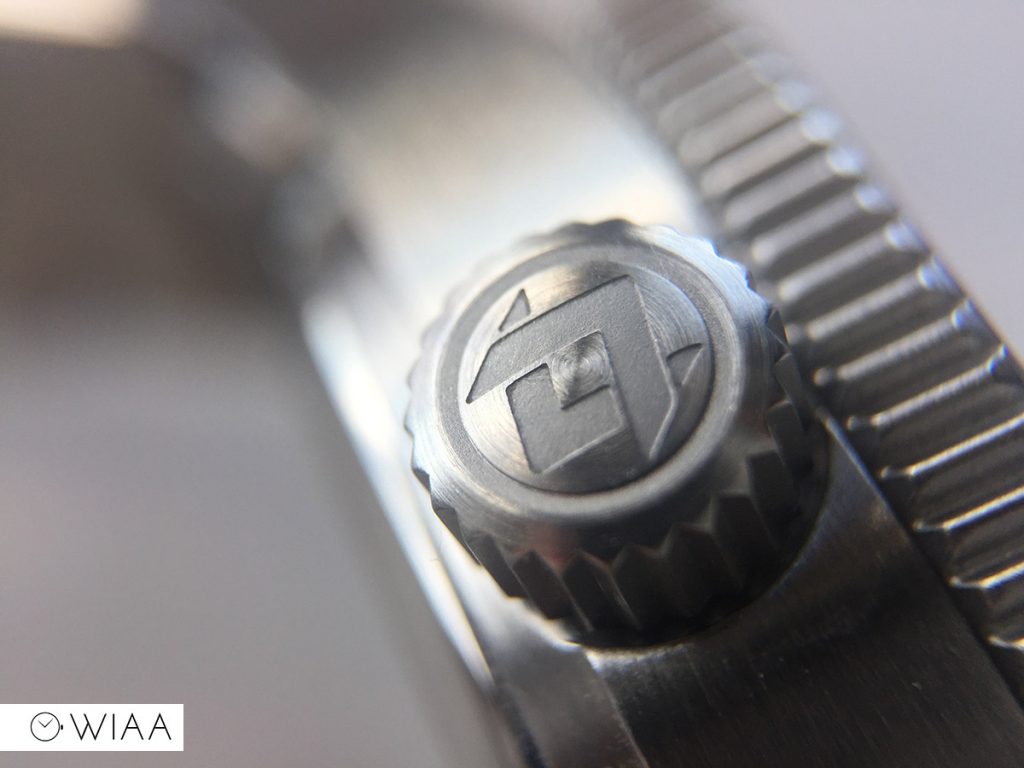
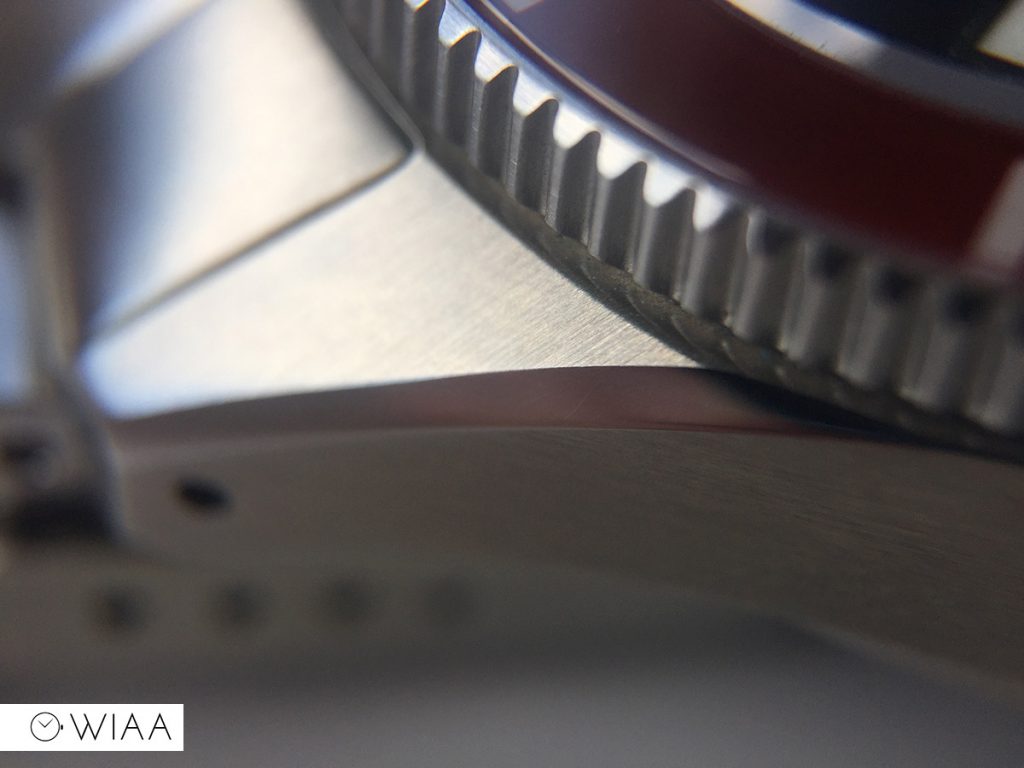
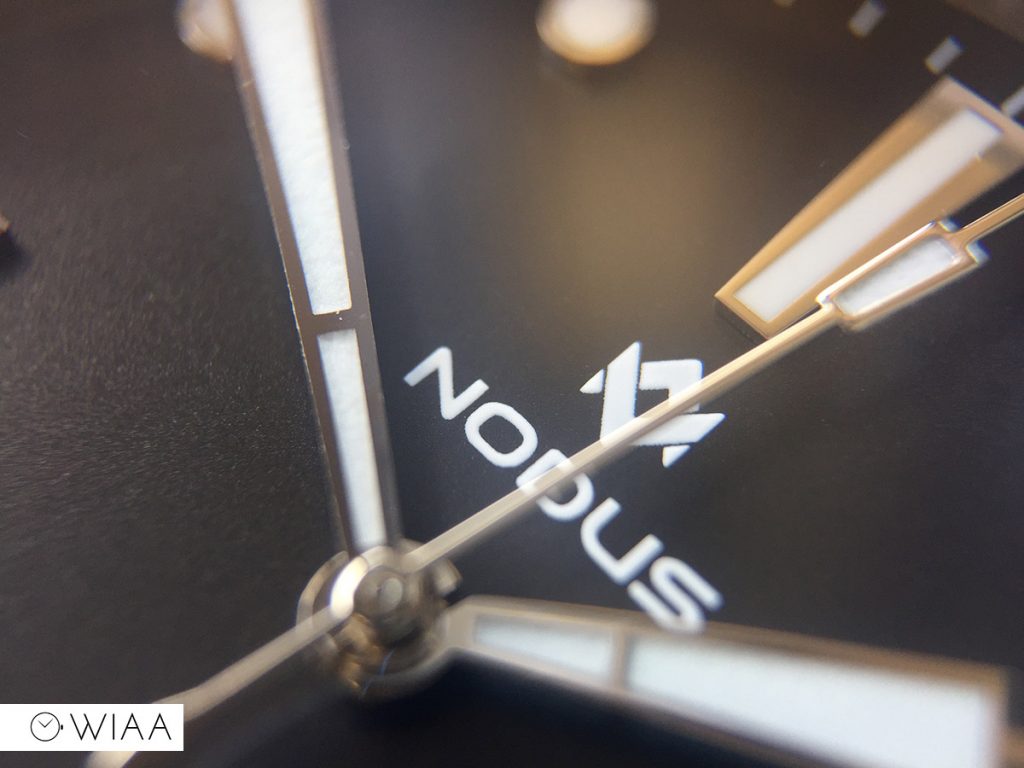
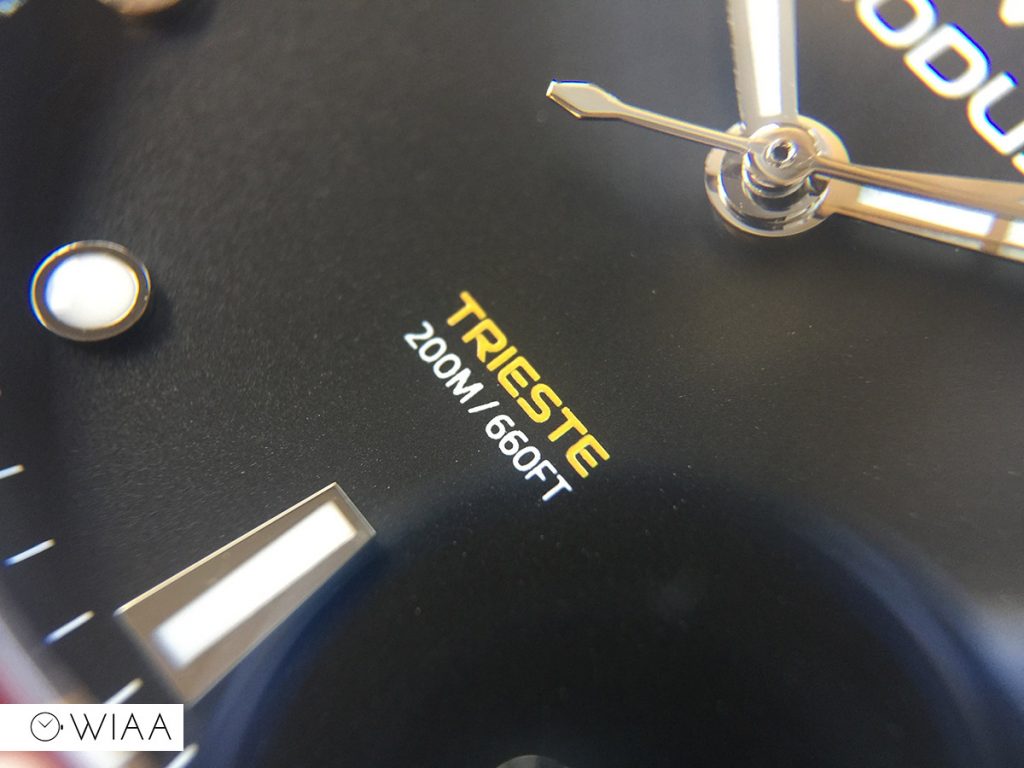
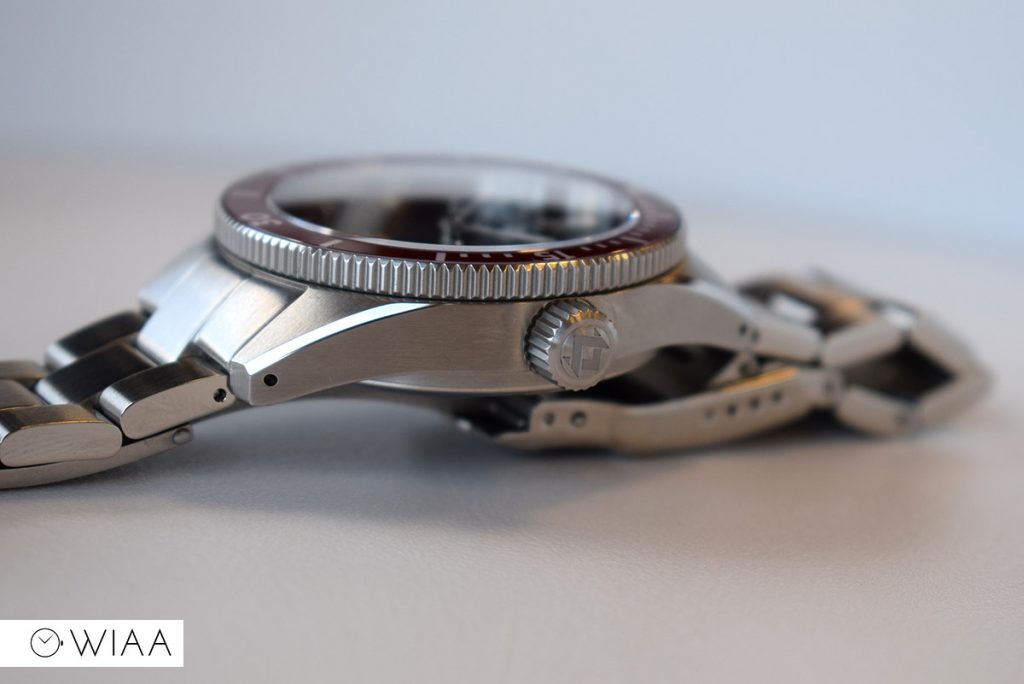
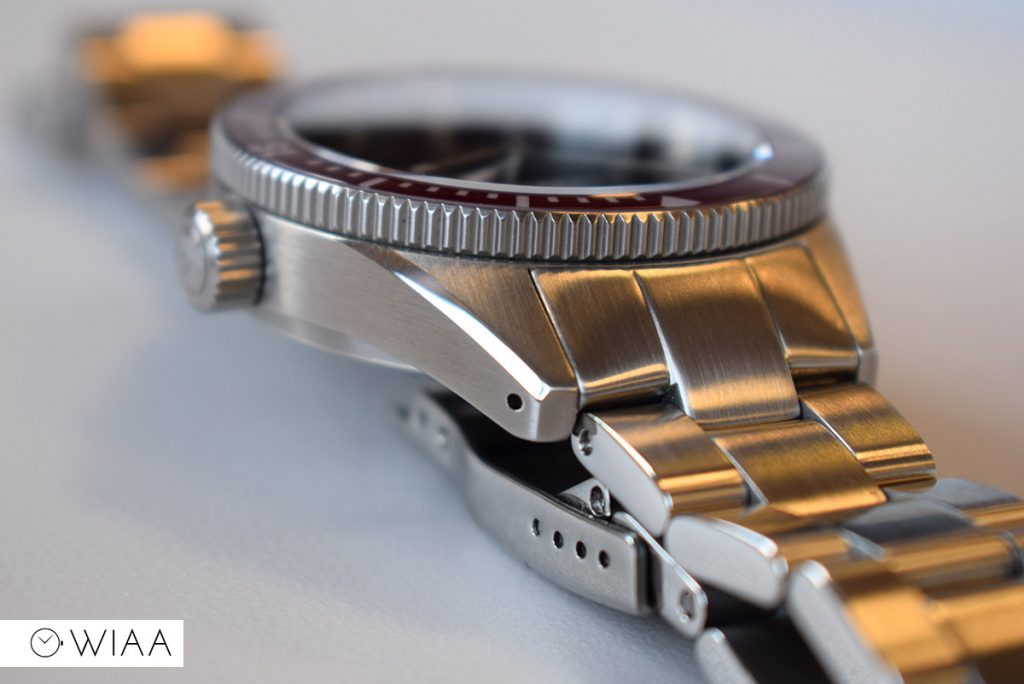
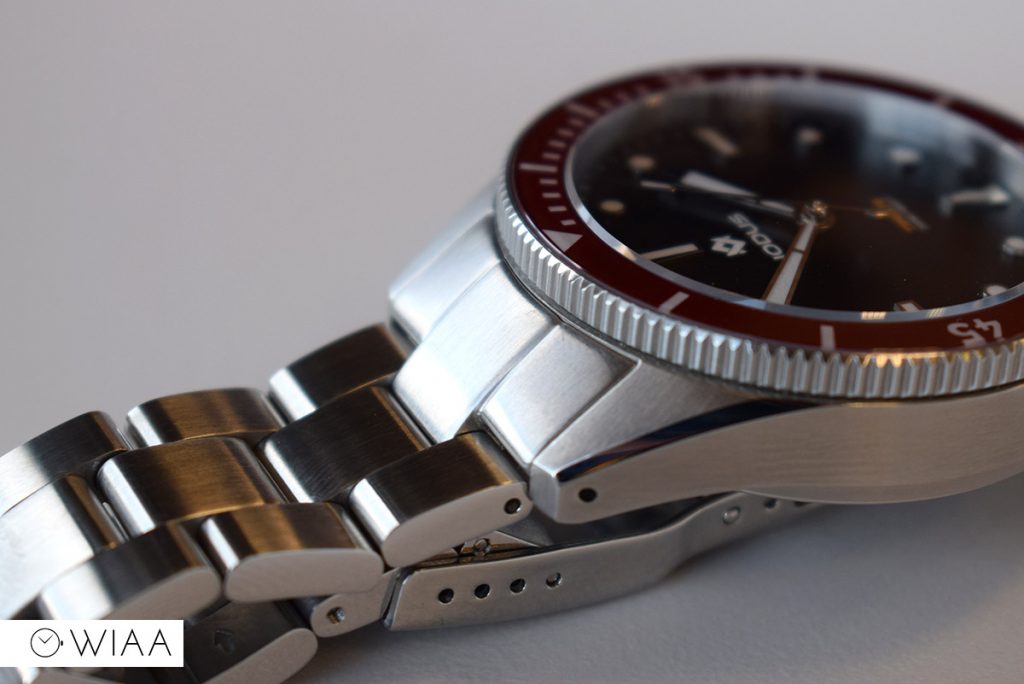
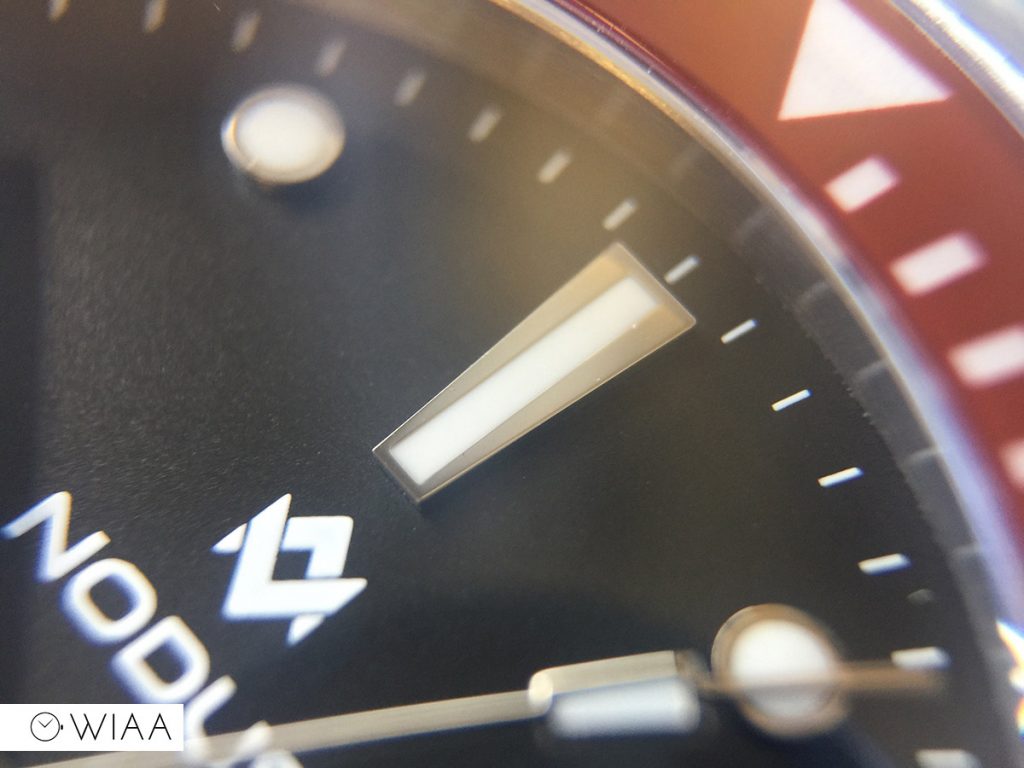
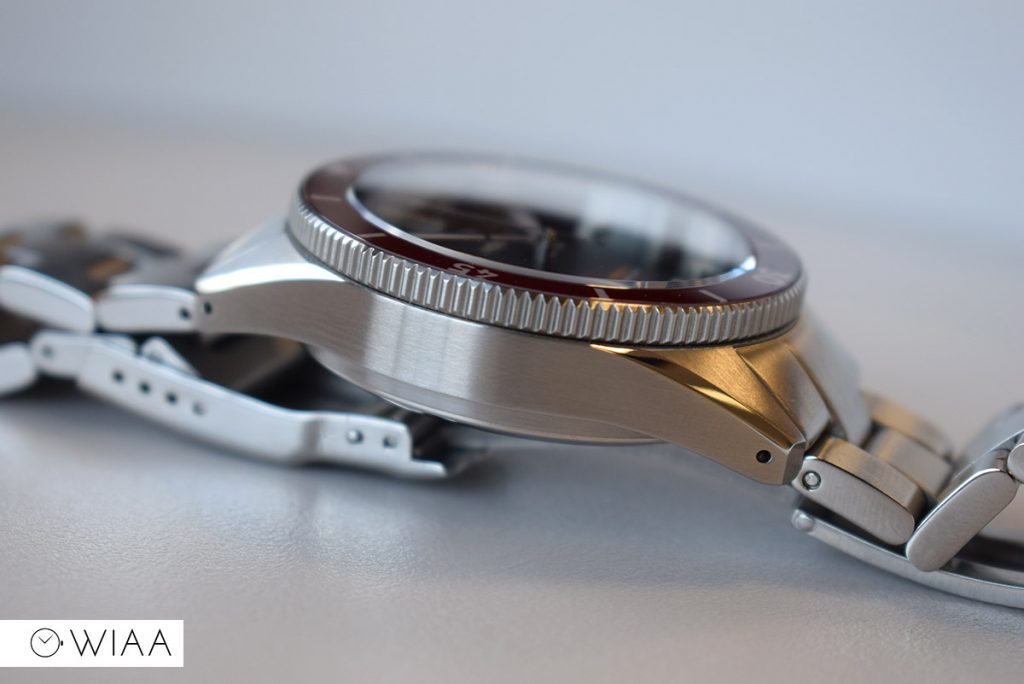
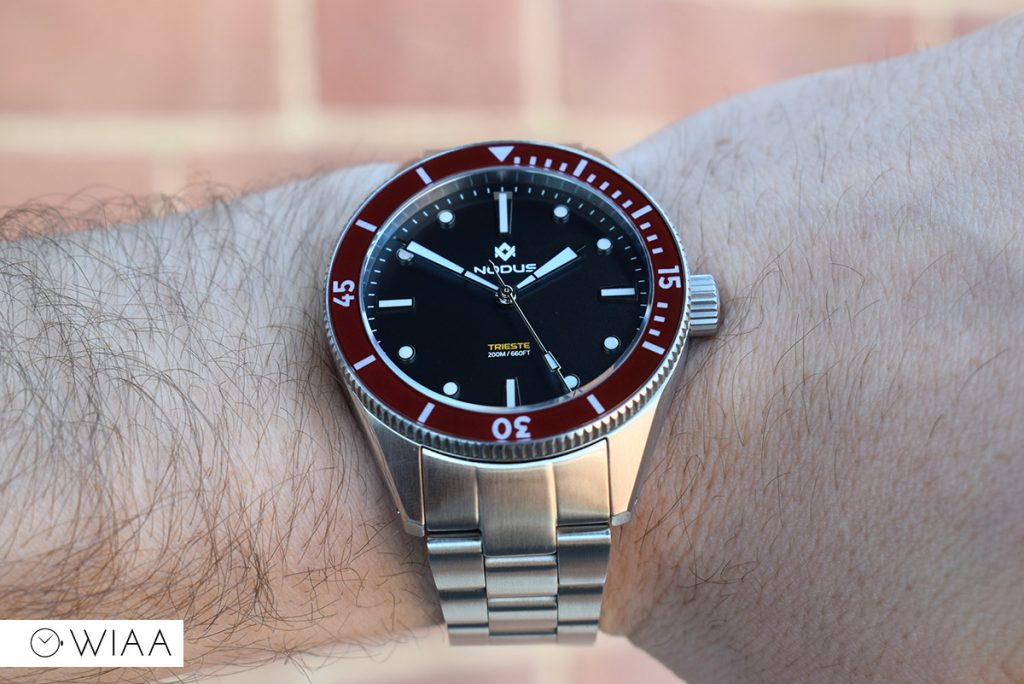
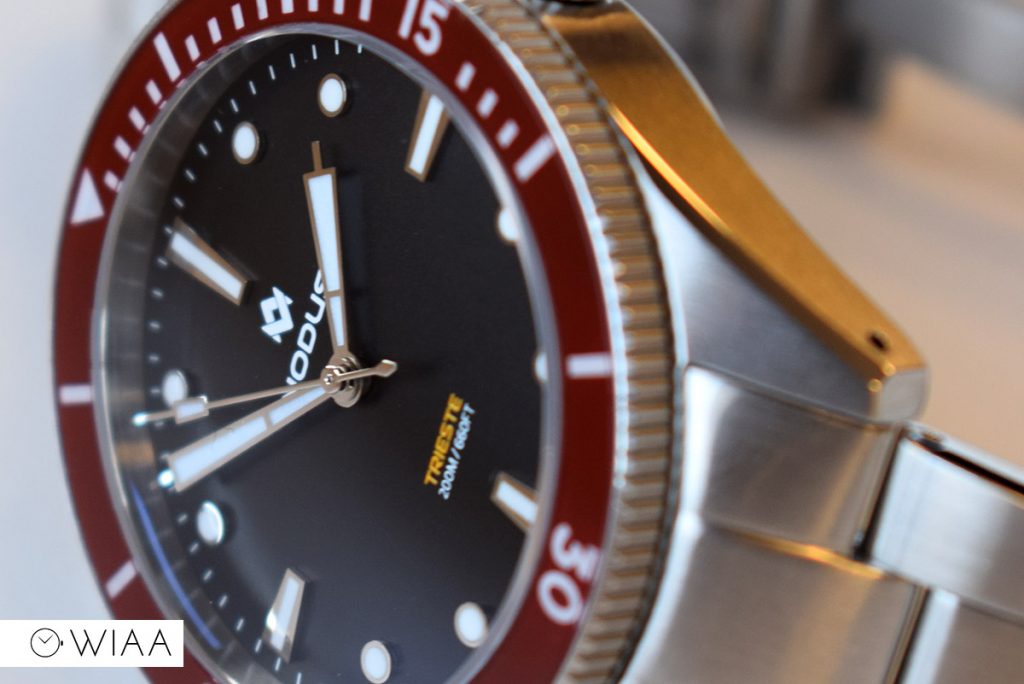

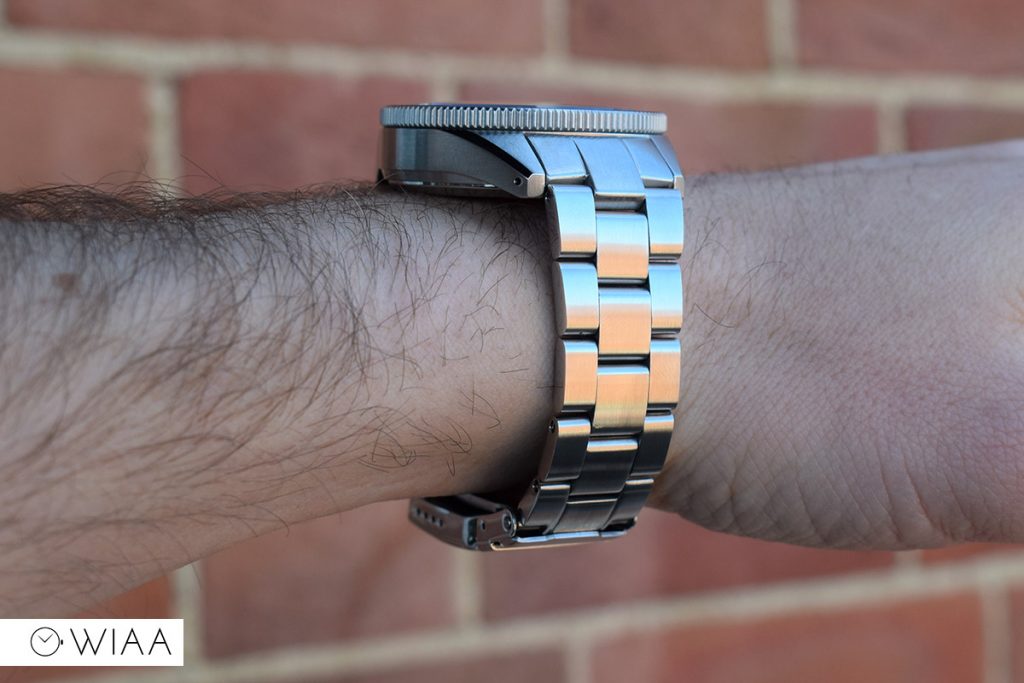
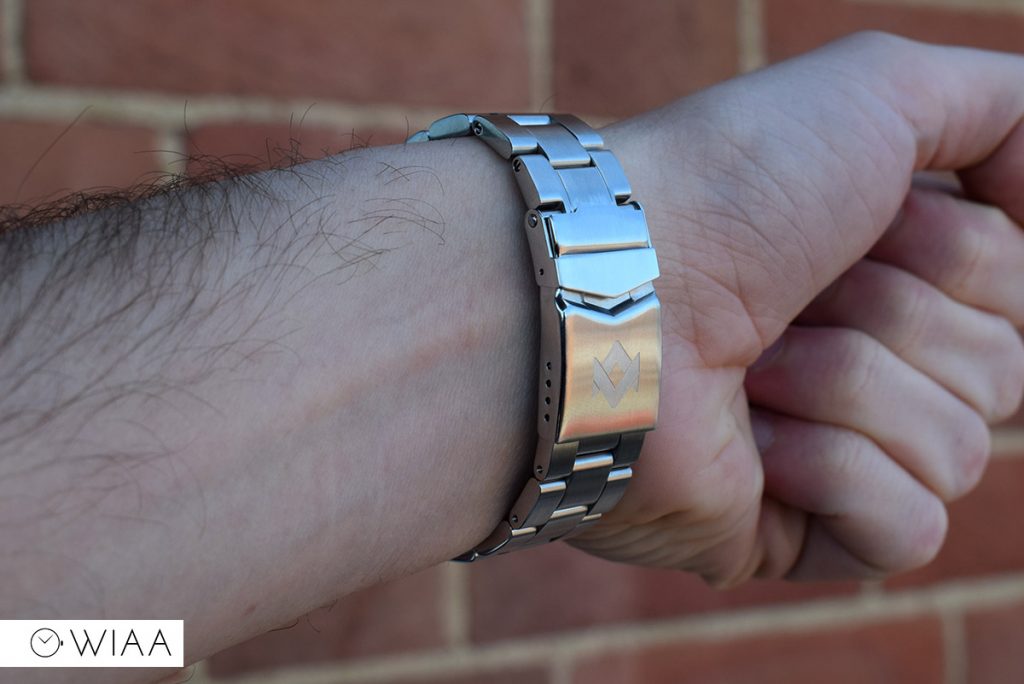
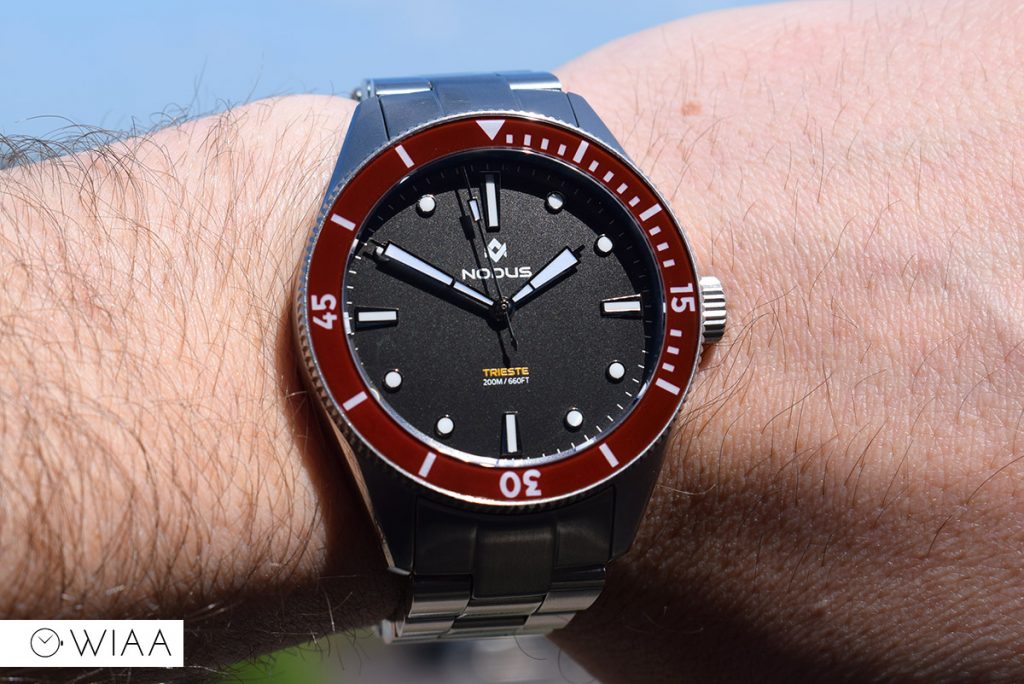
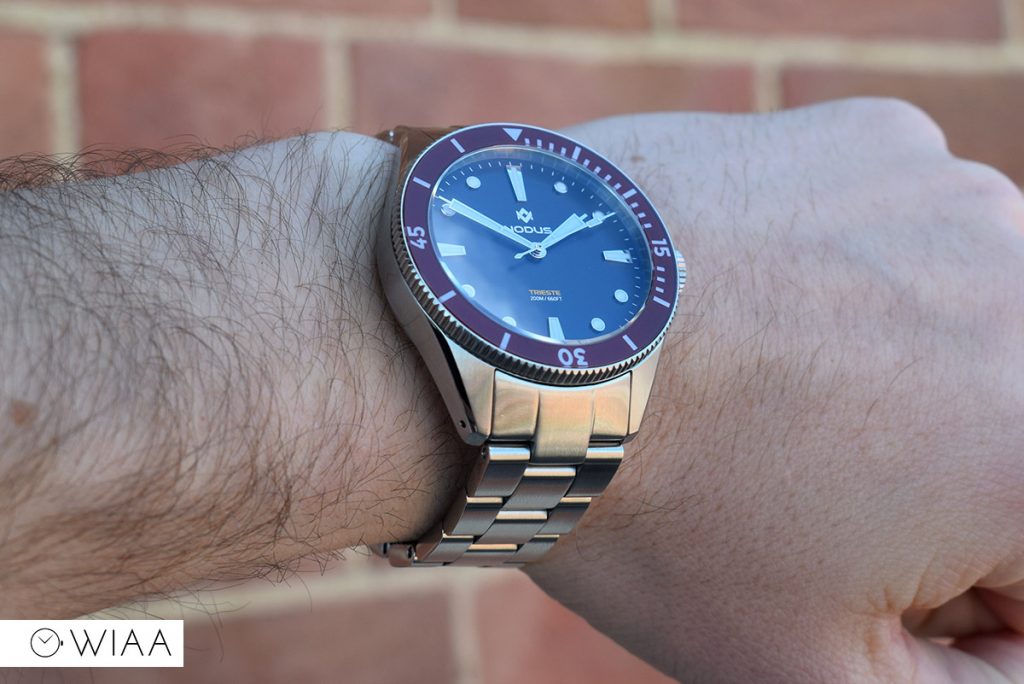
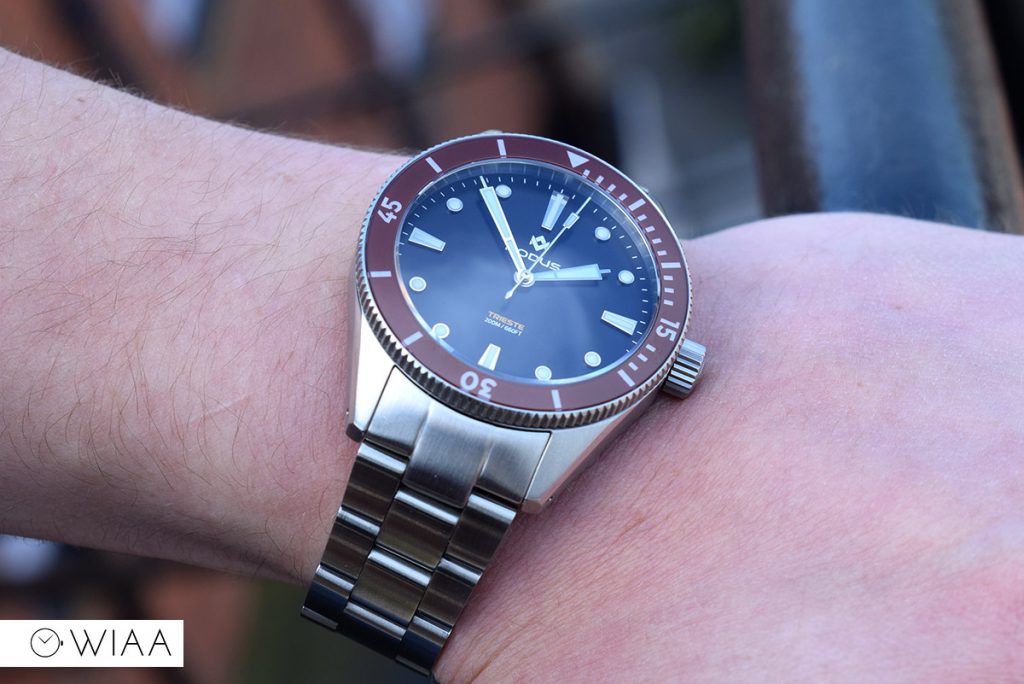

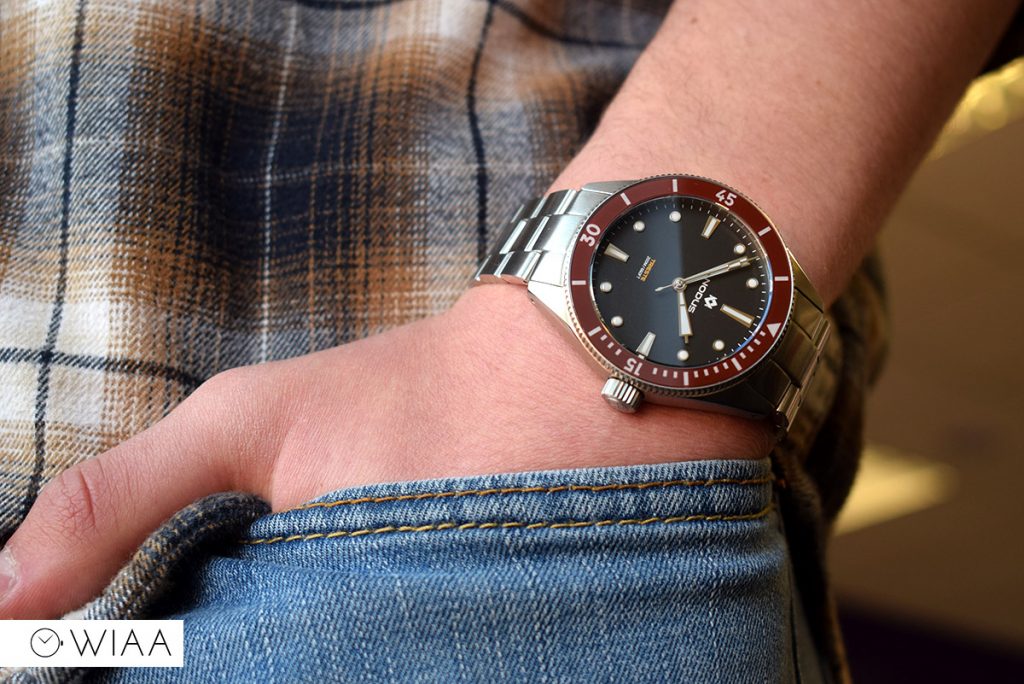
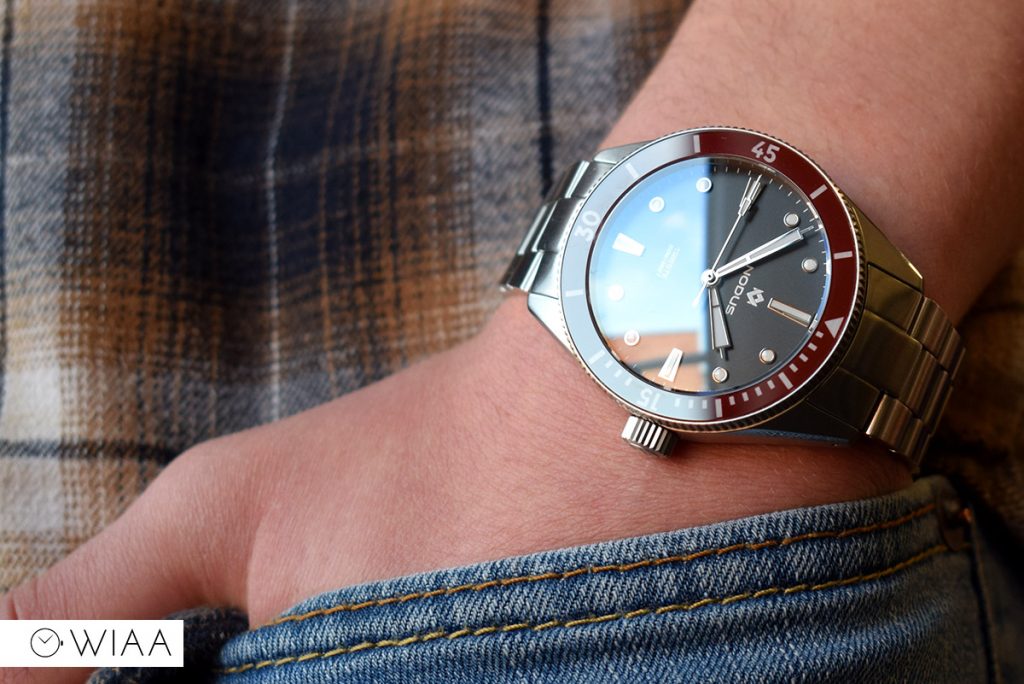
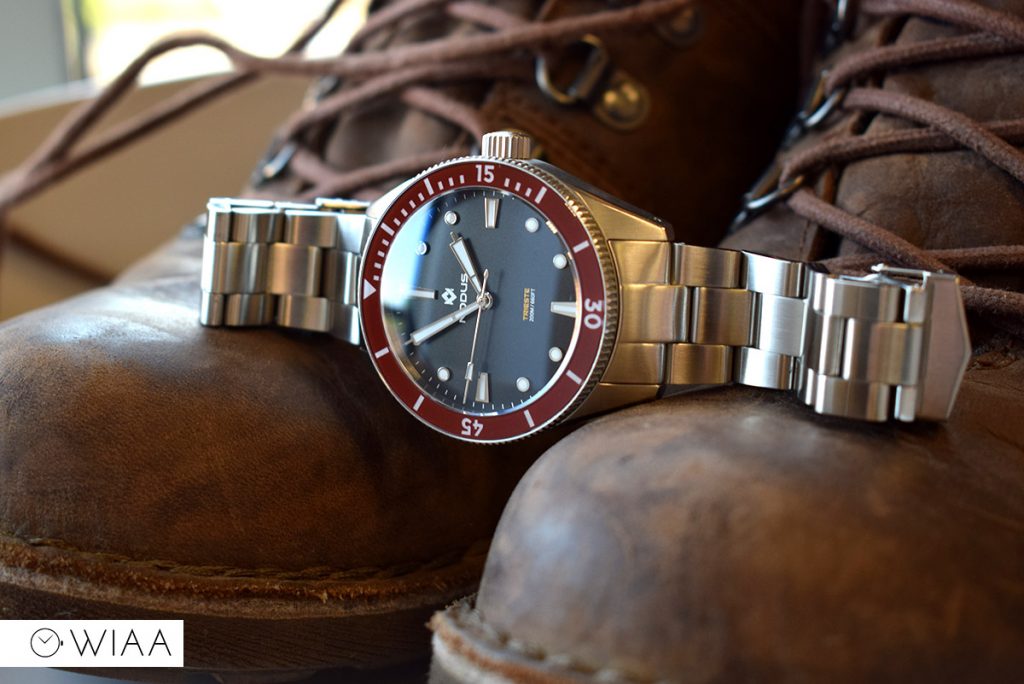
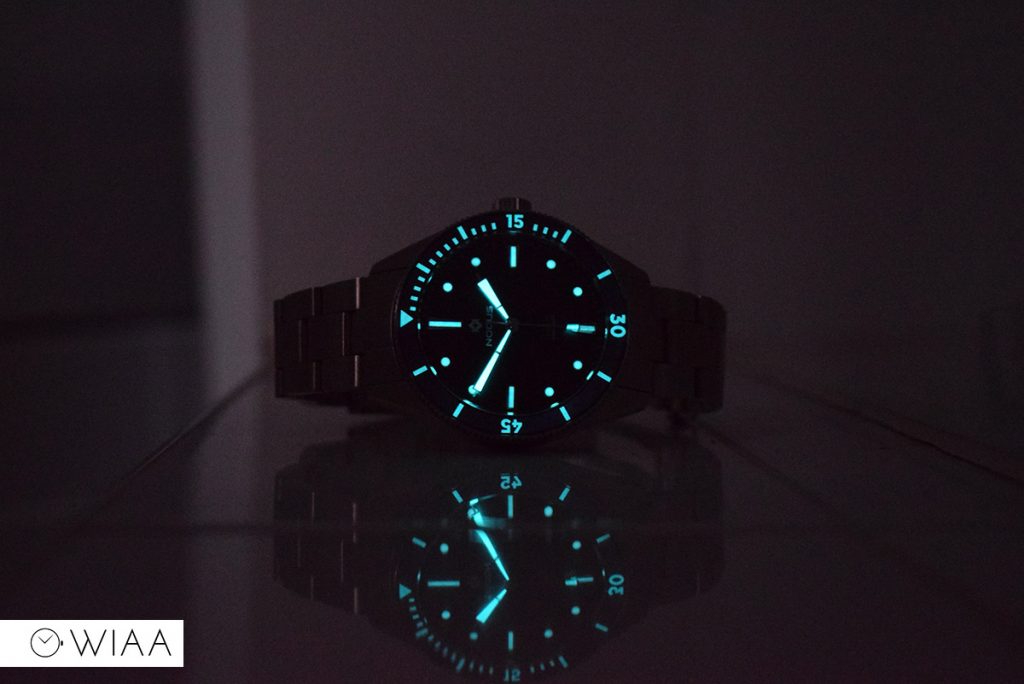
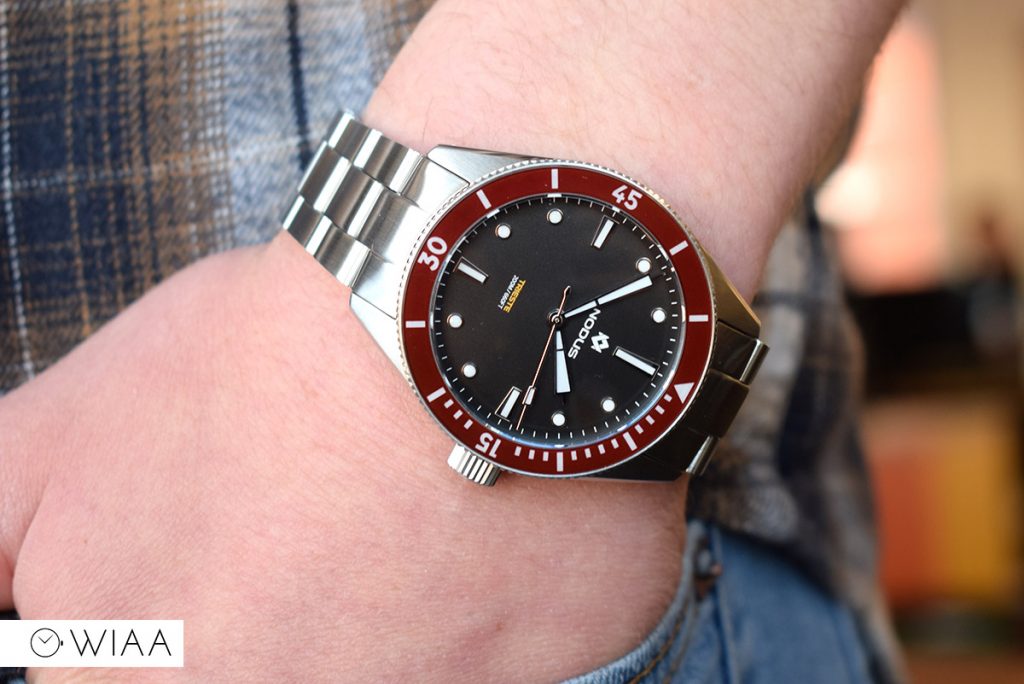
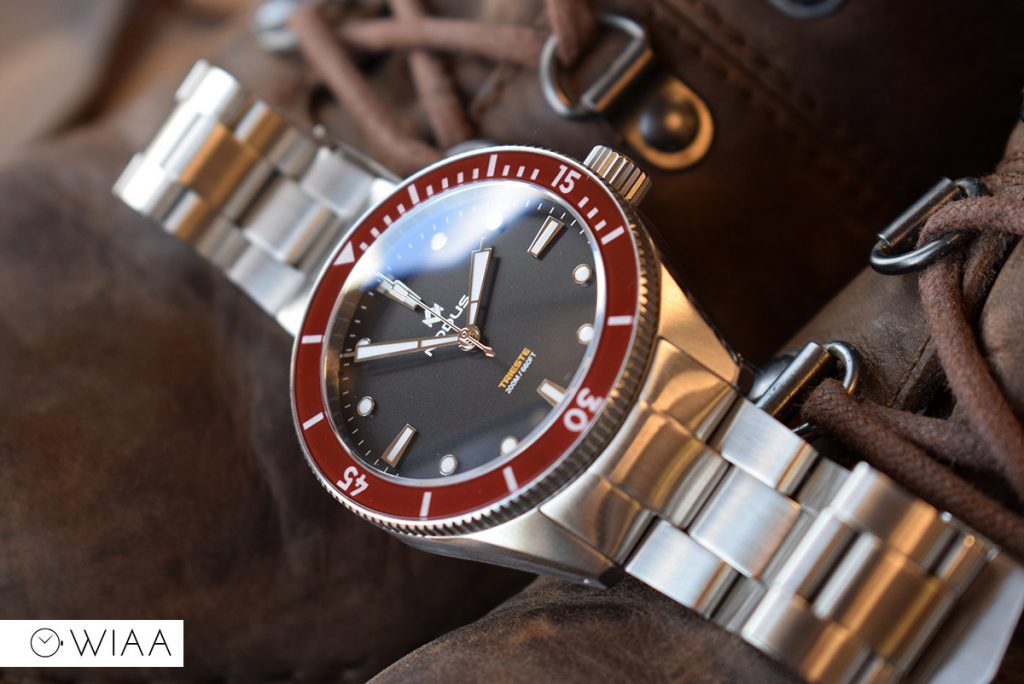

Jim
10 May, 2017 at 10:49 am
If we are talking about a longer power reserve for the ETA 2824 I would surely much prefer the Powermatic 80 to the Swiss knockoff we find here as an option.
Jim
10 May, 2017 at 10:53 am
I would surely much prefer the Powermatic 80 version of the ETA 2824 with its 80 hour power reserve to the Swiss knockoff movement offered here.